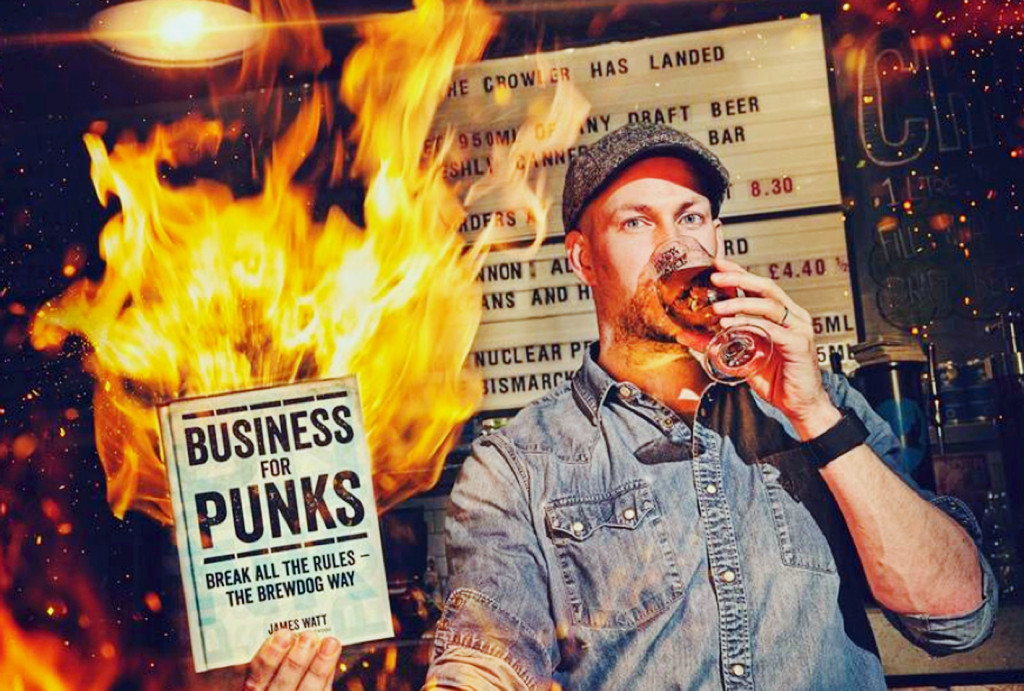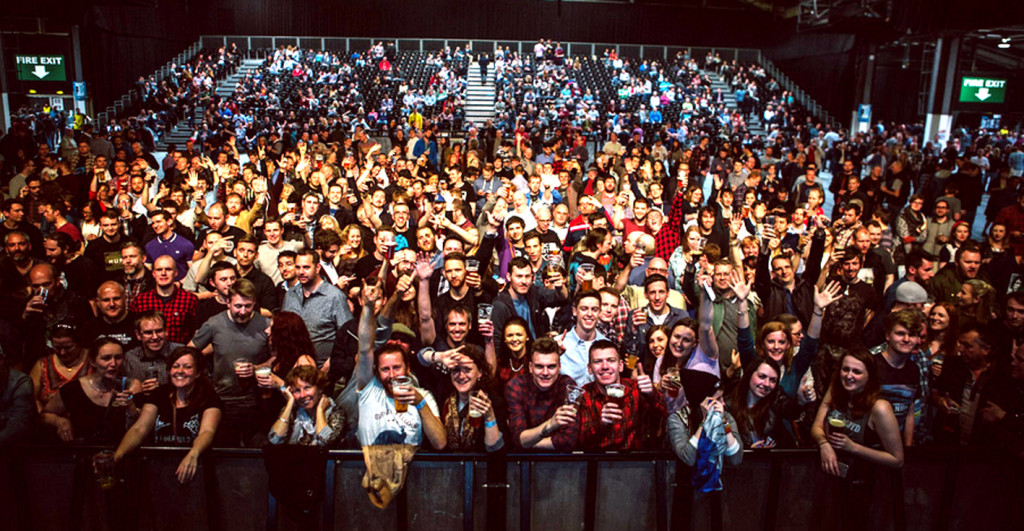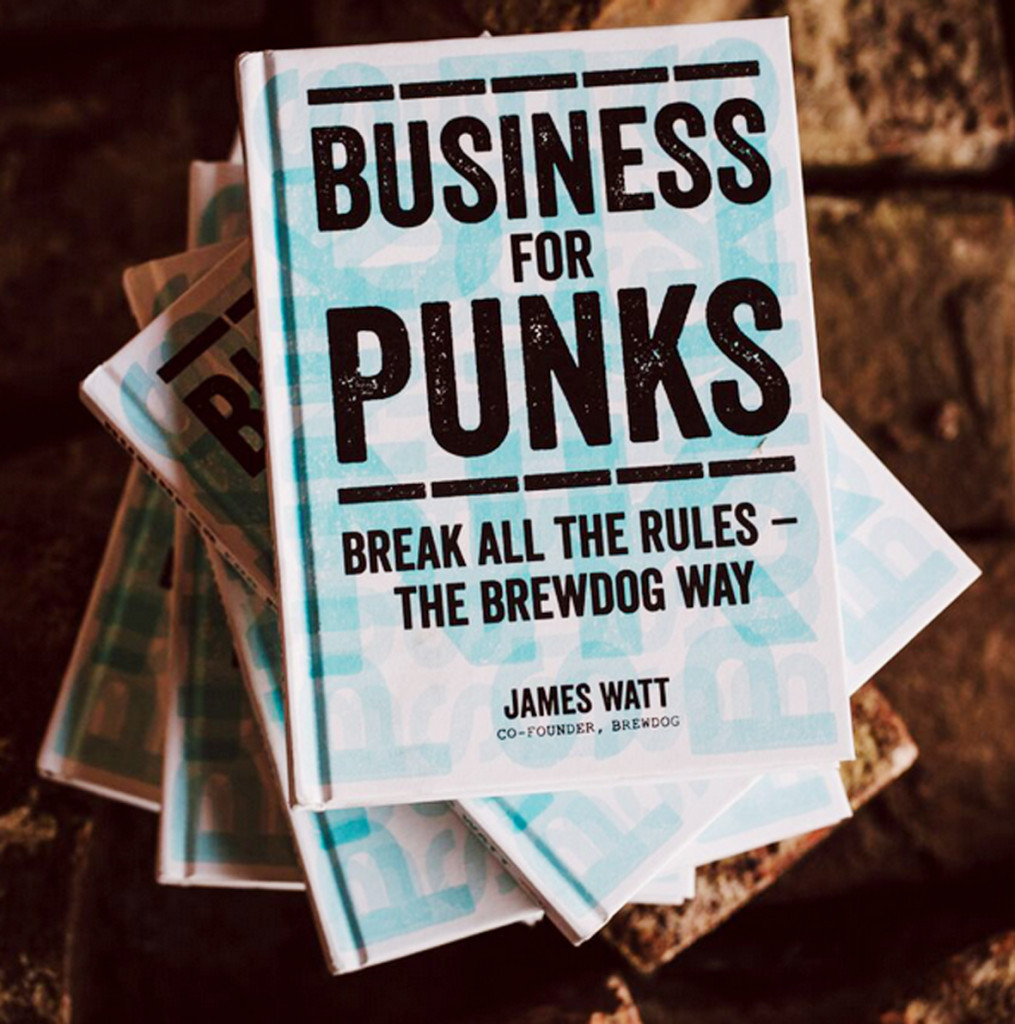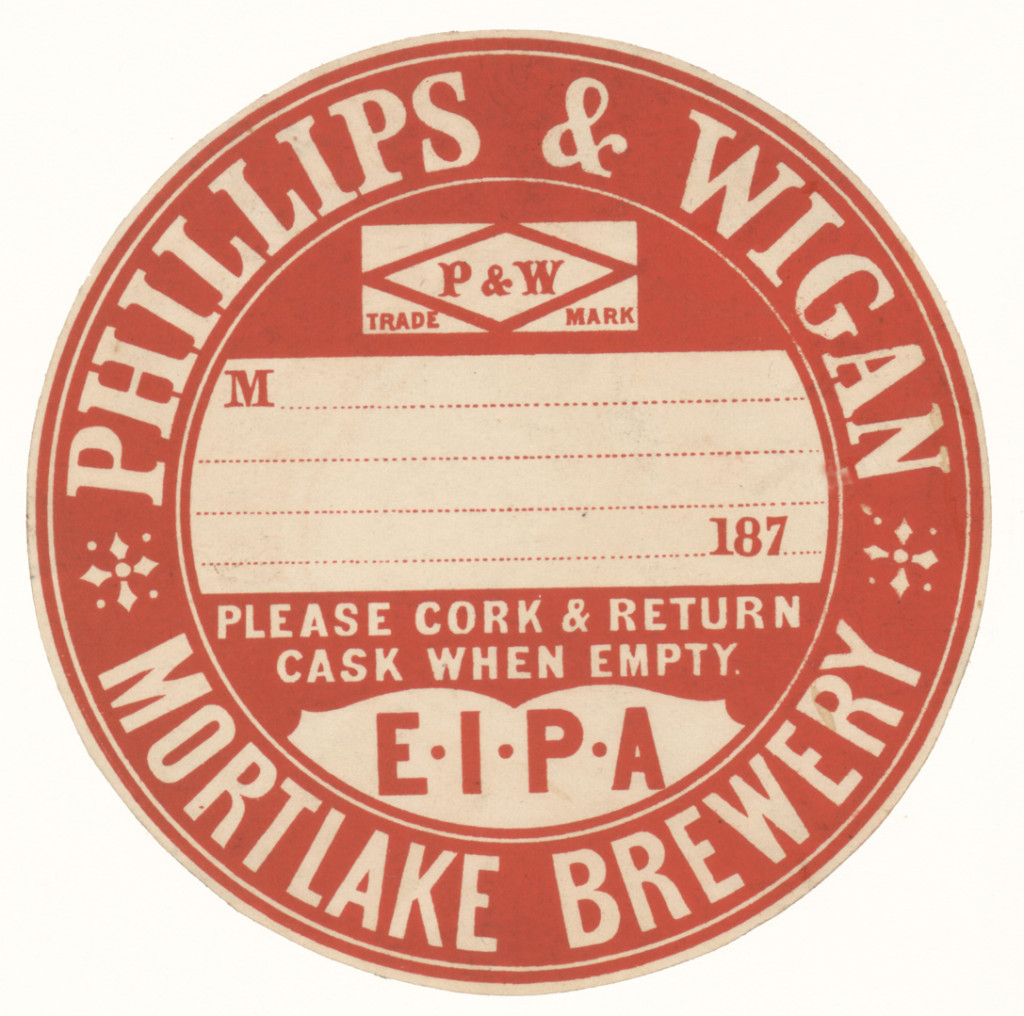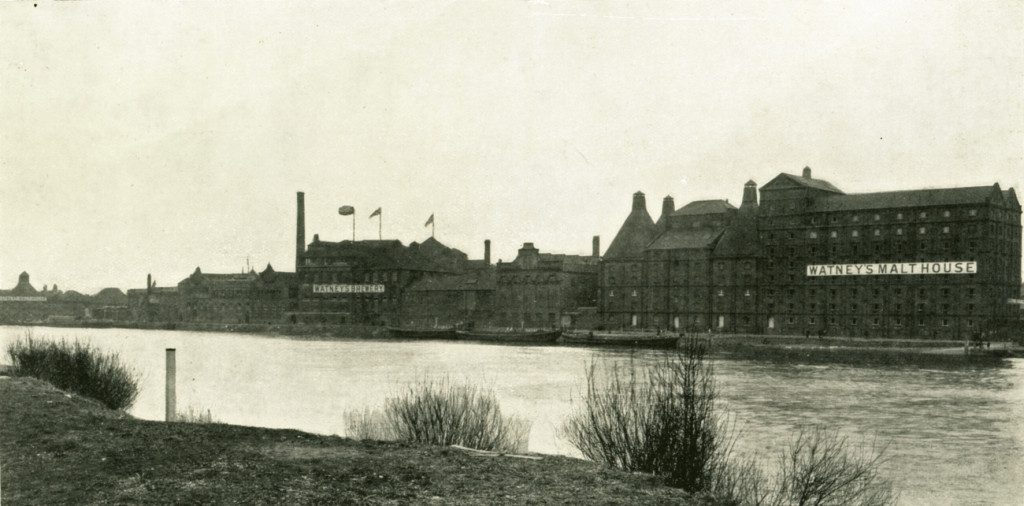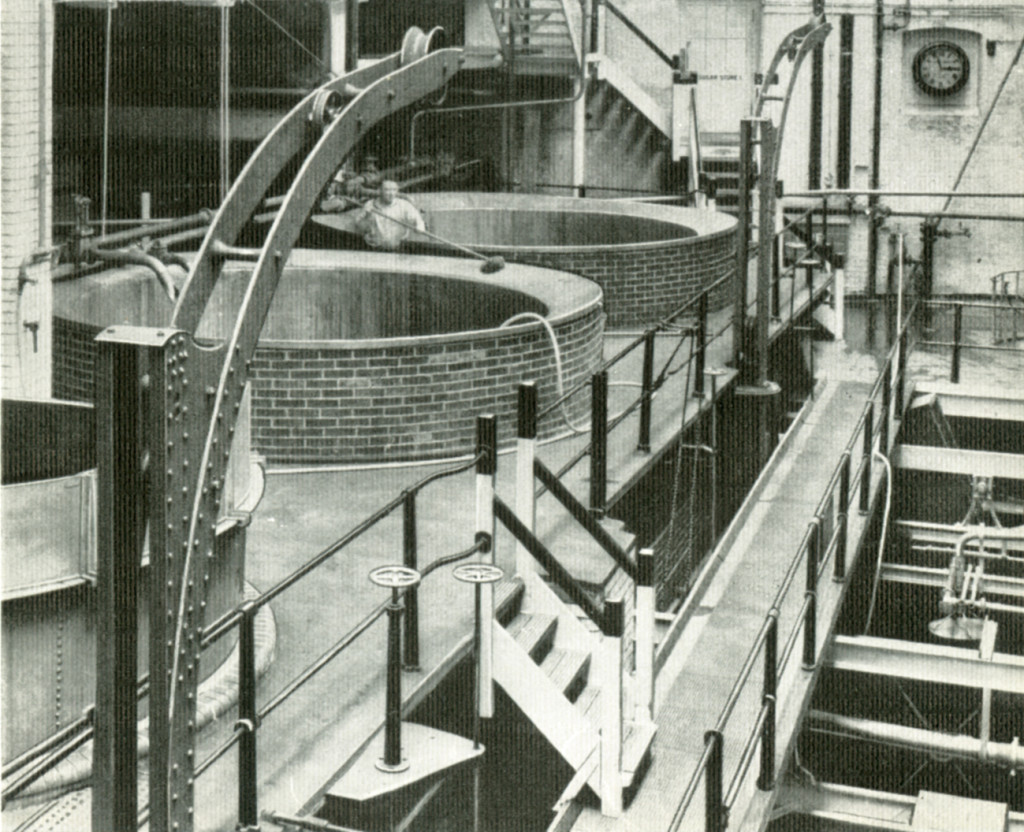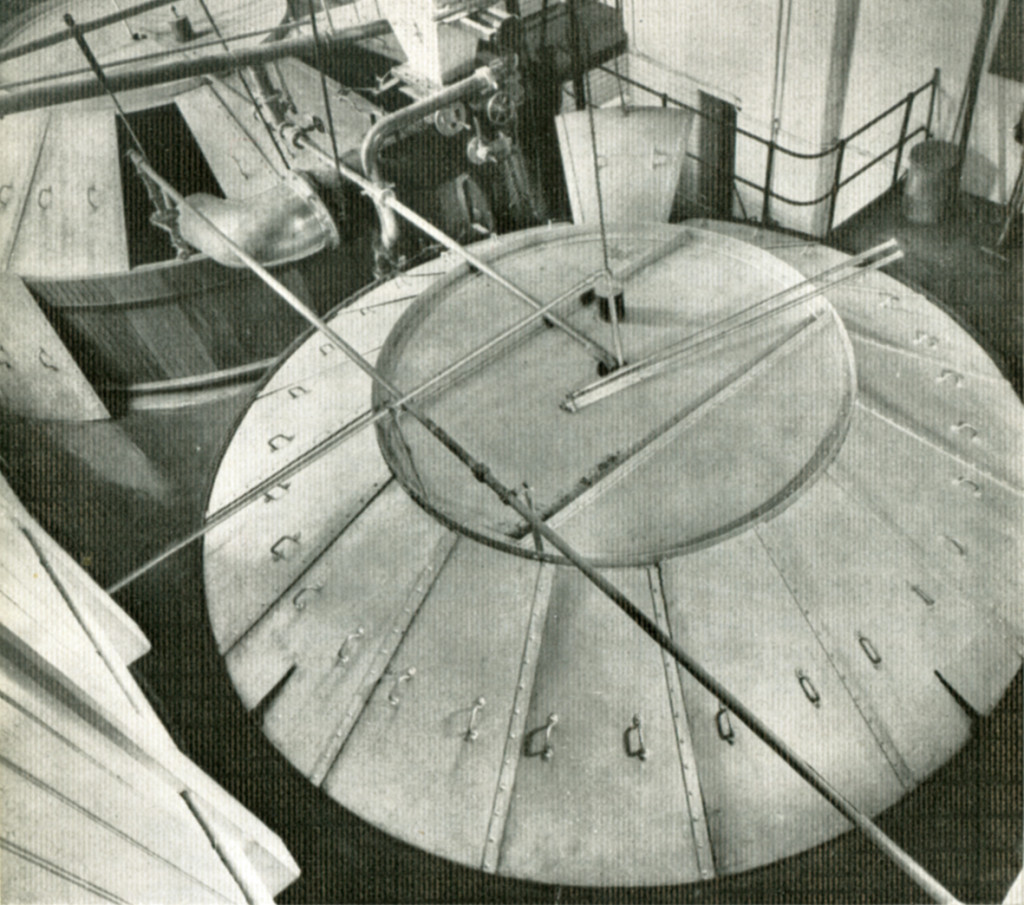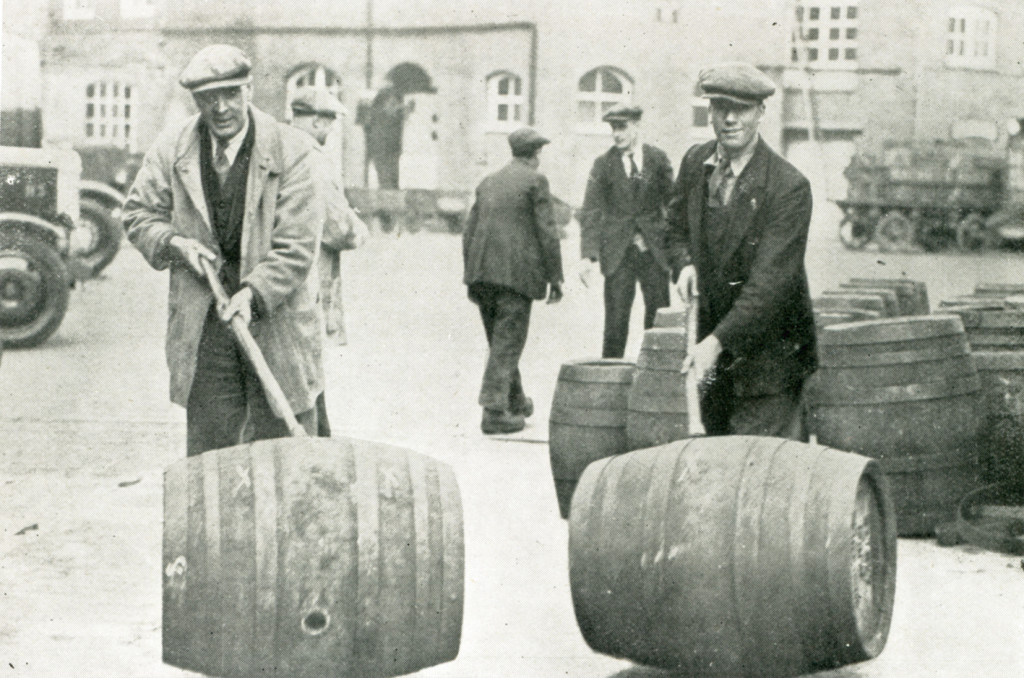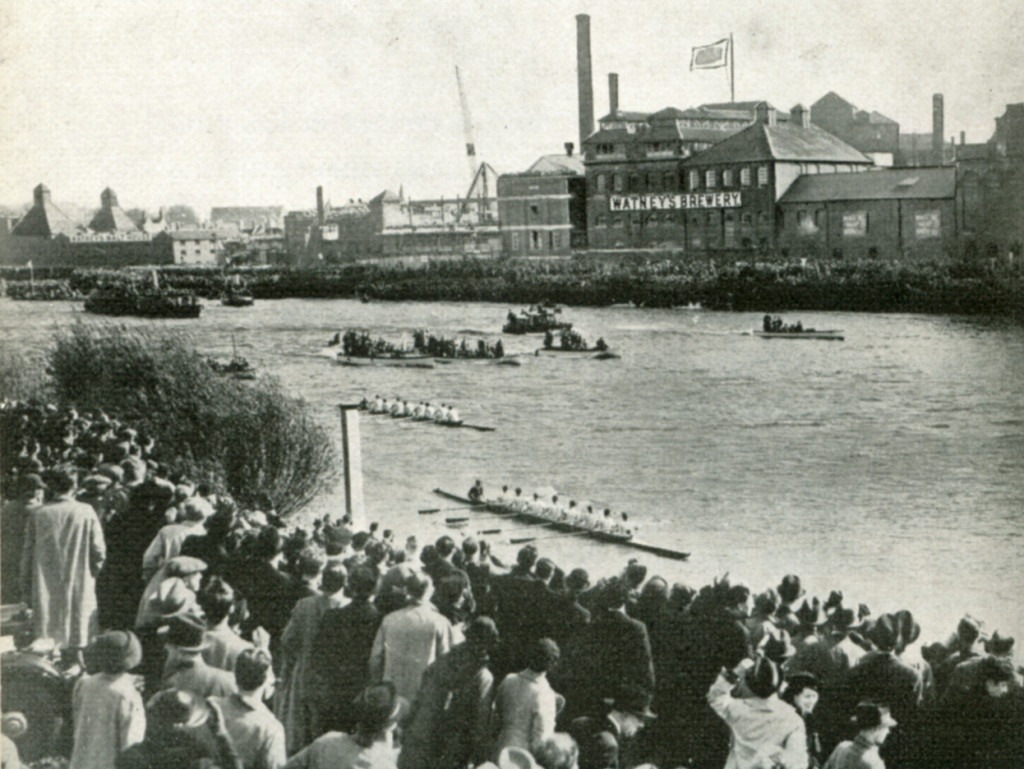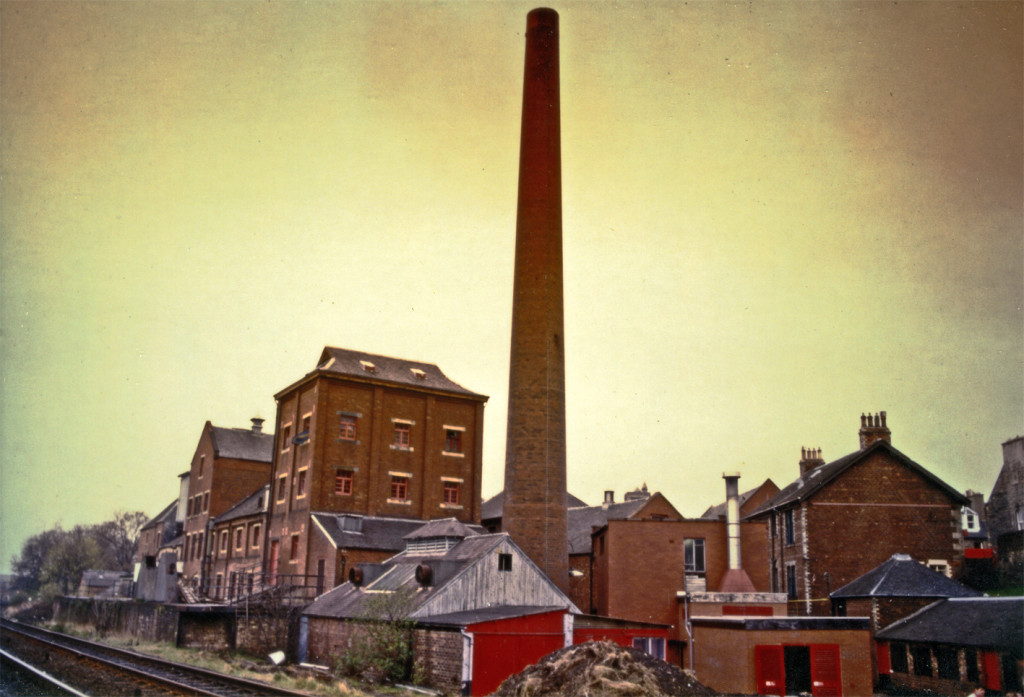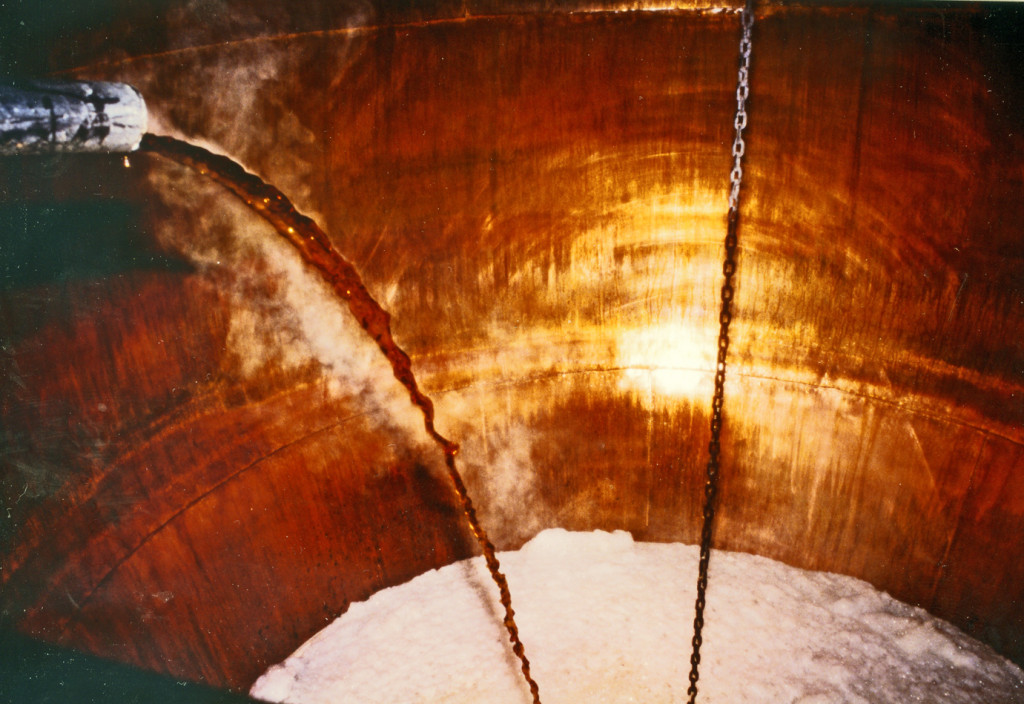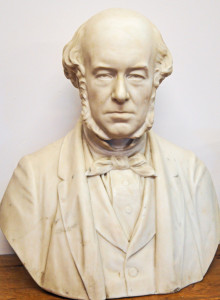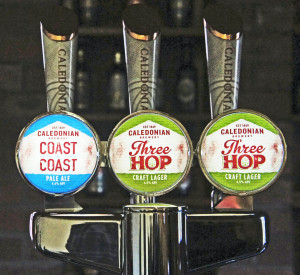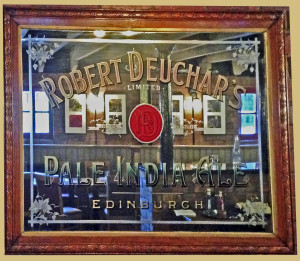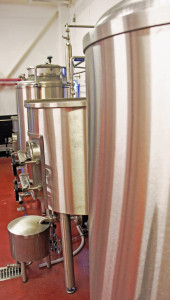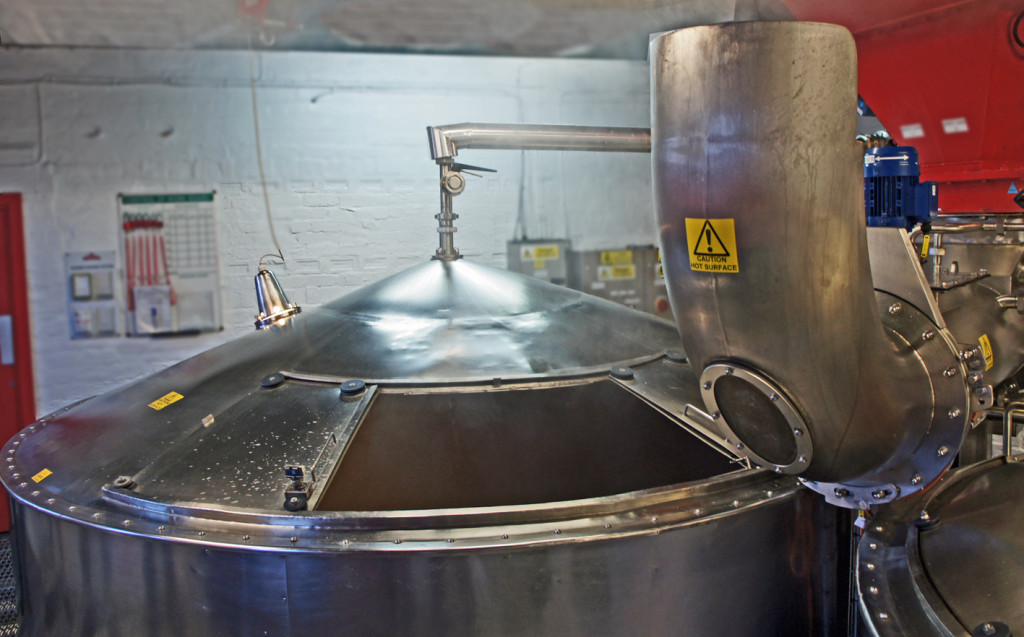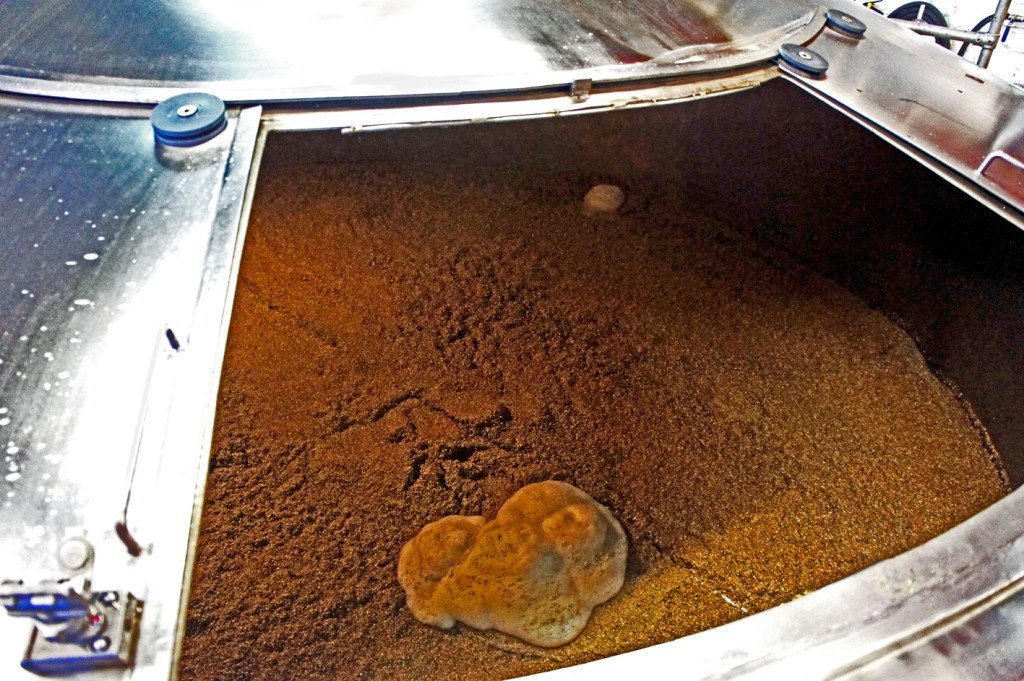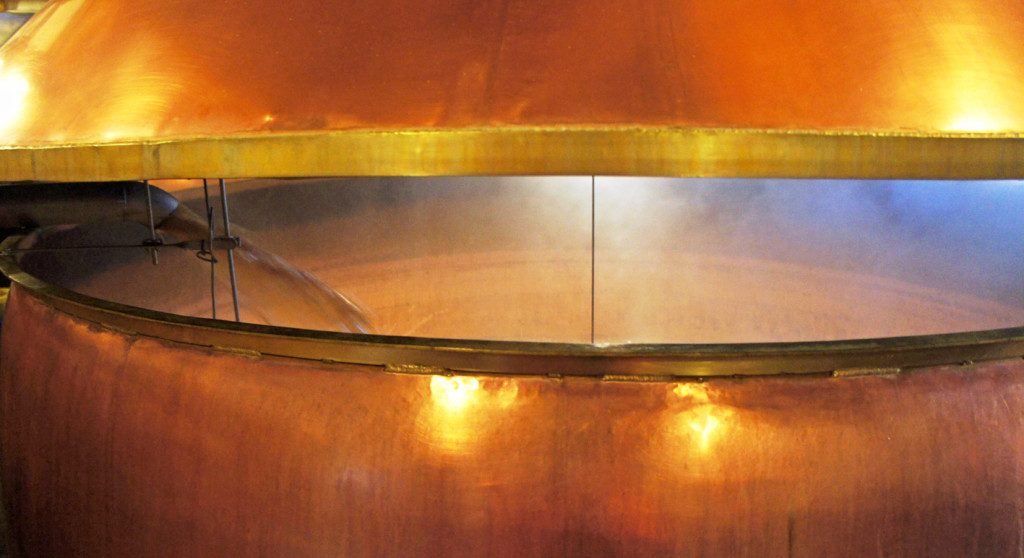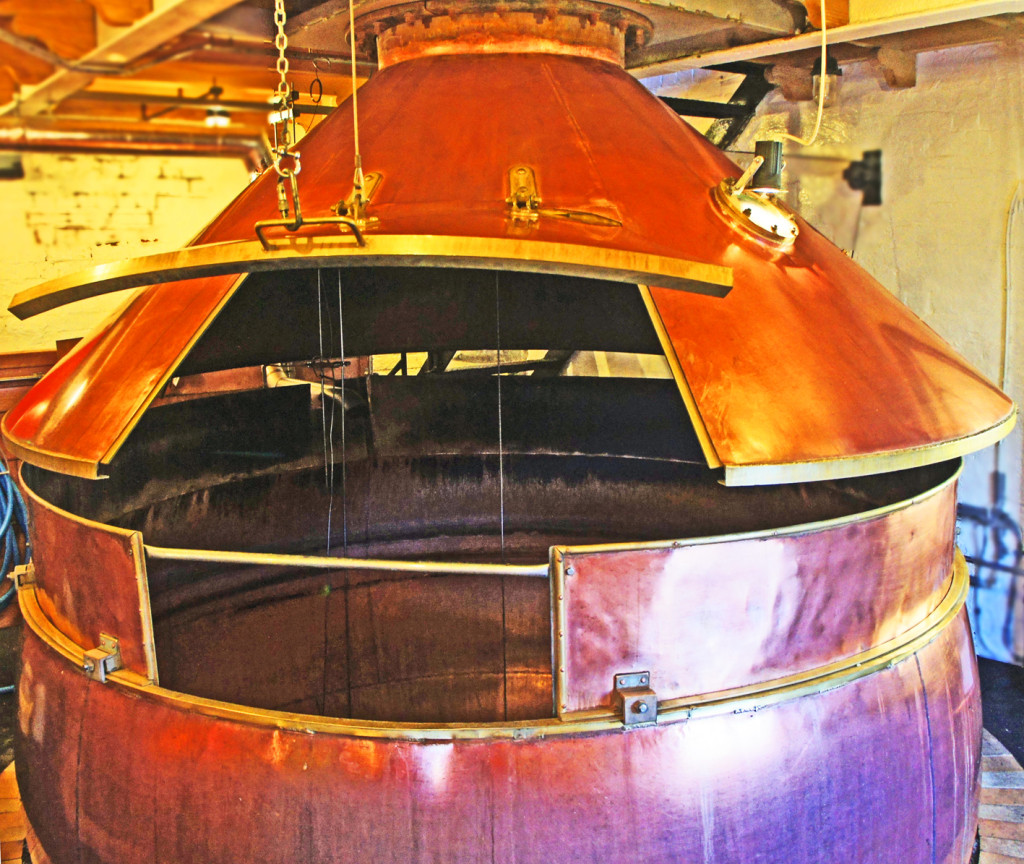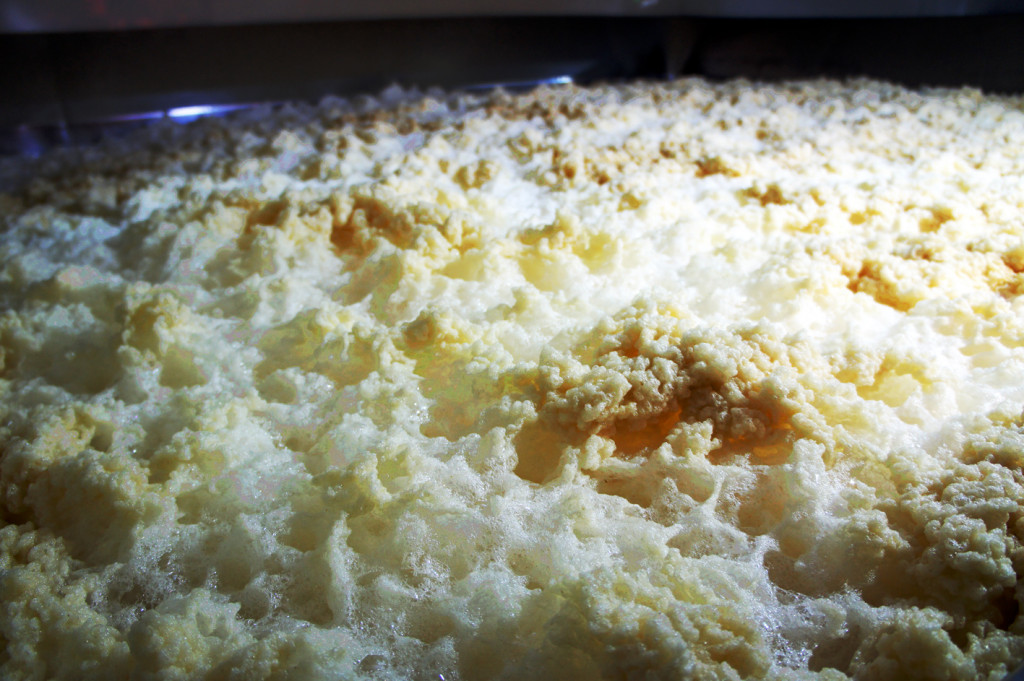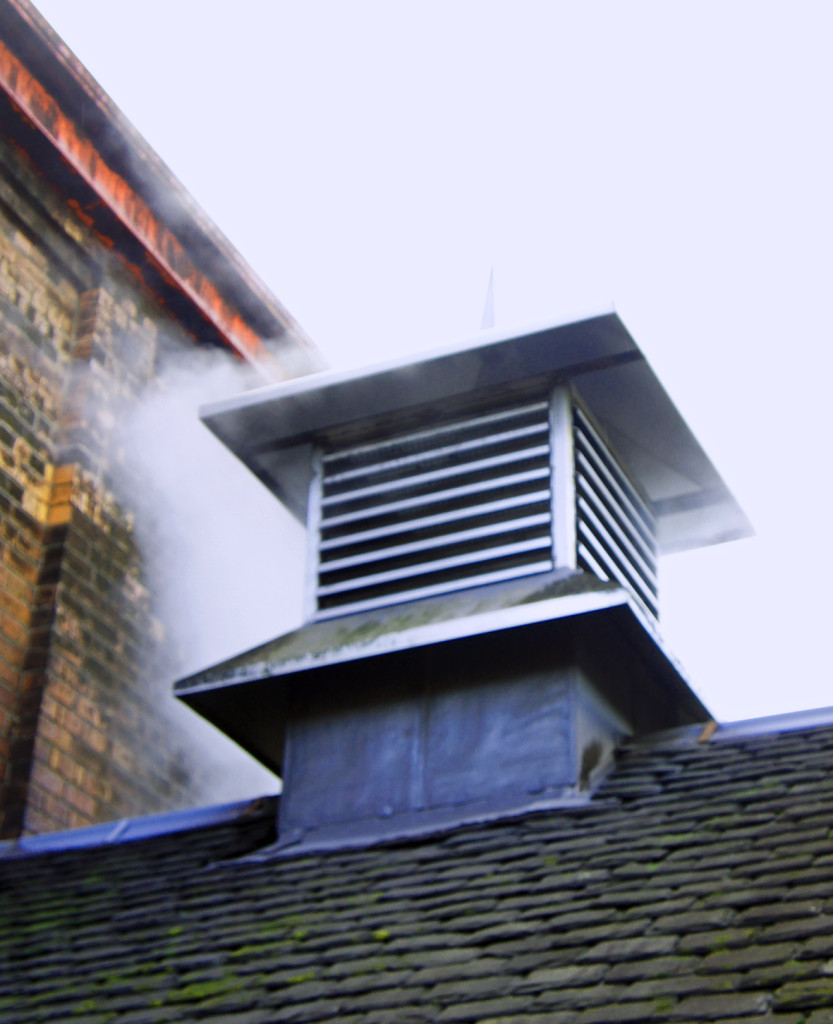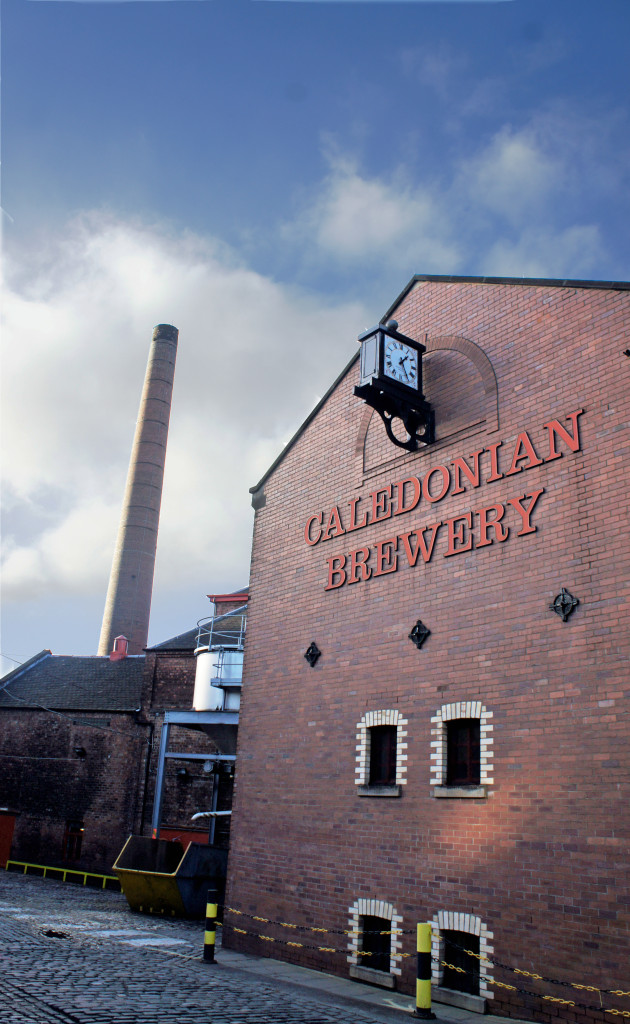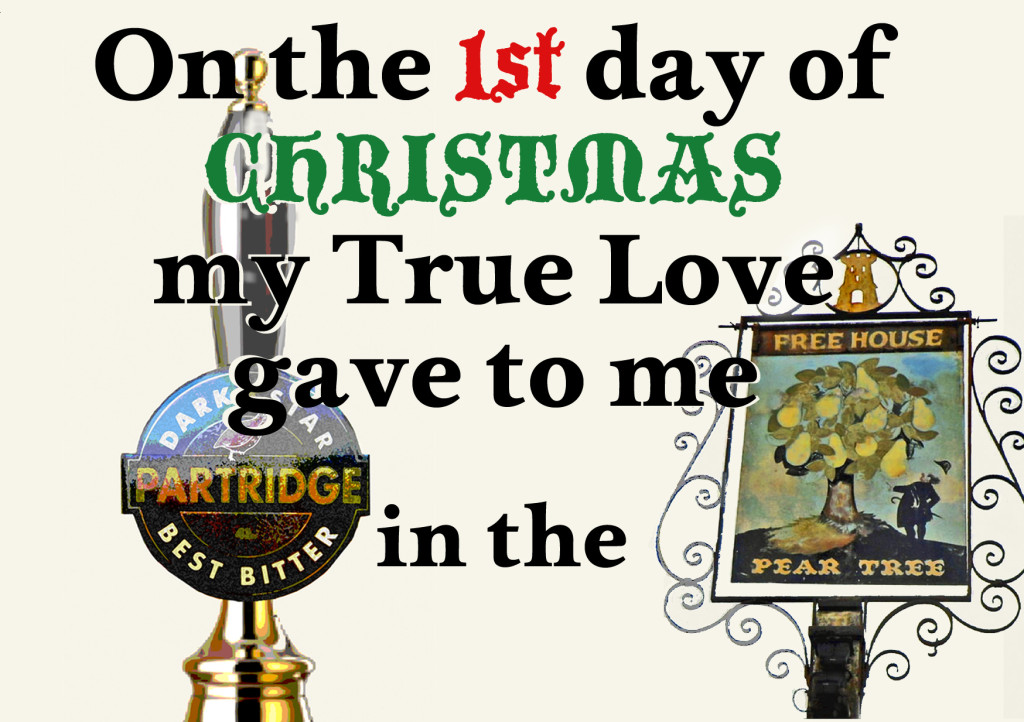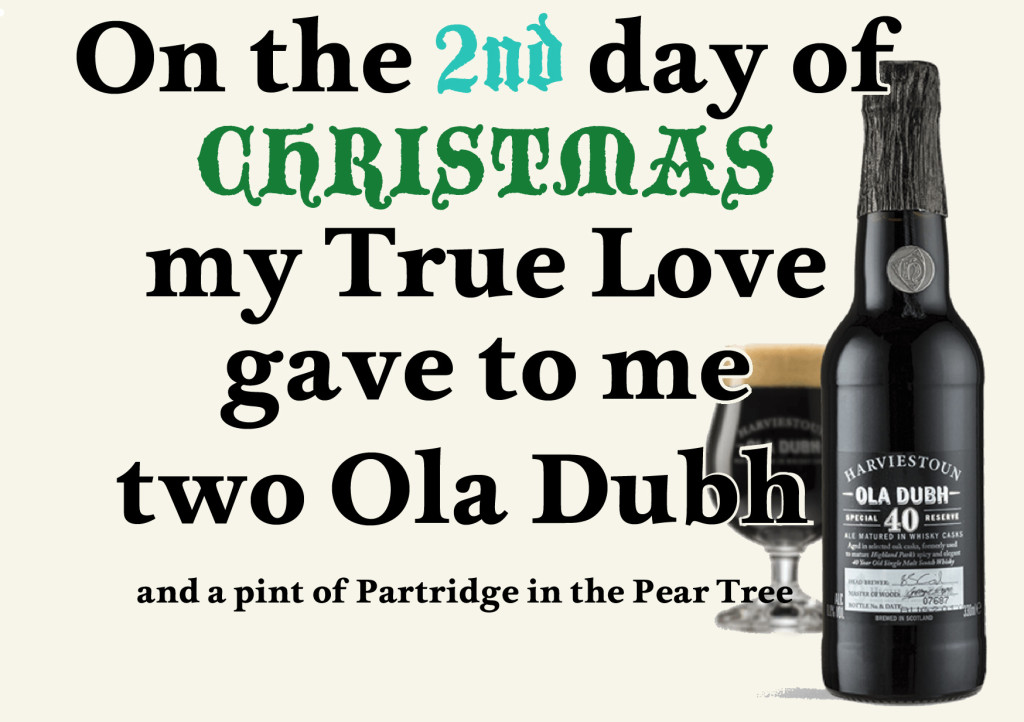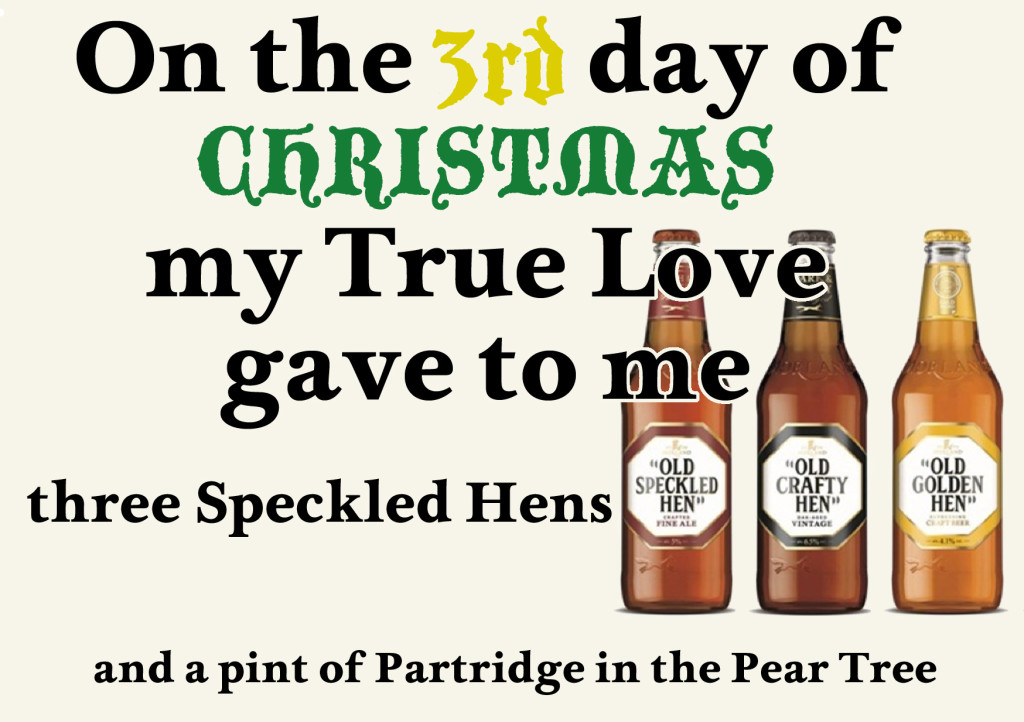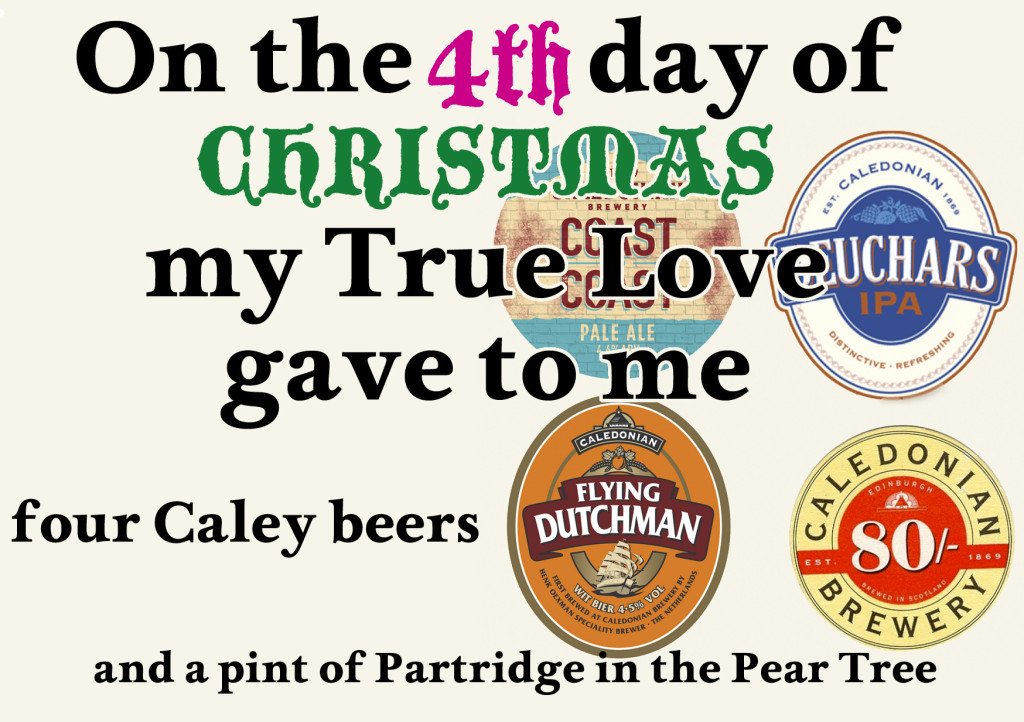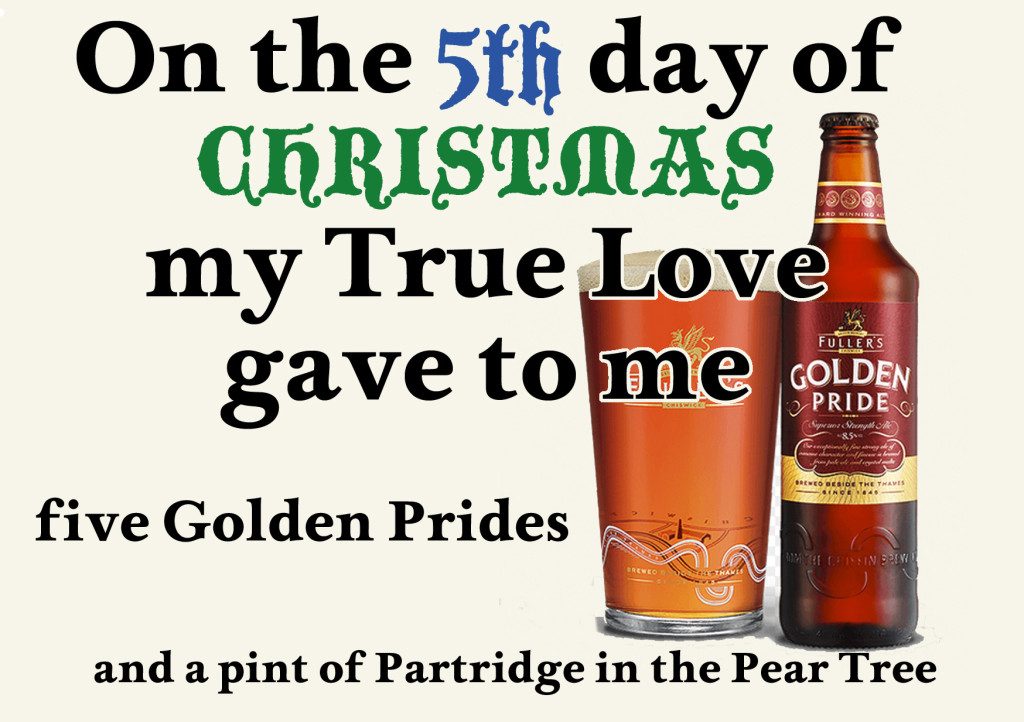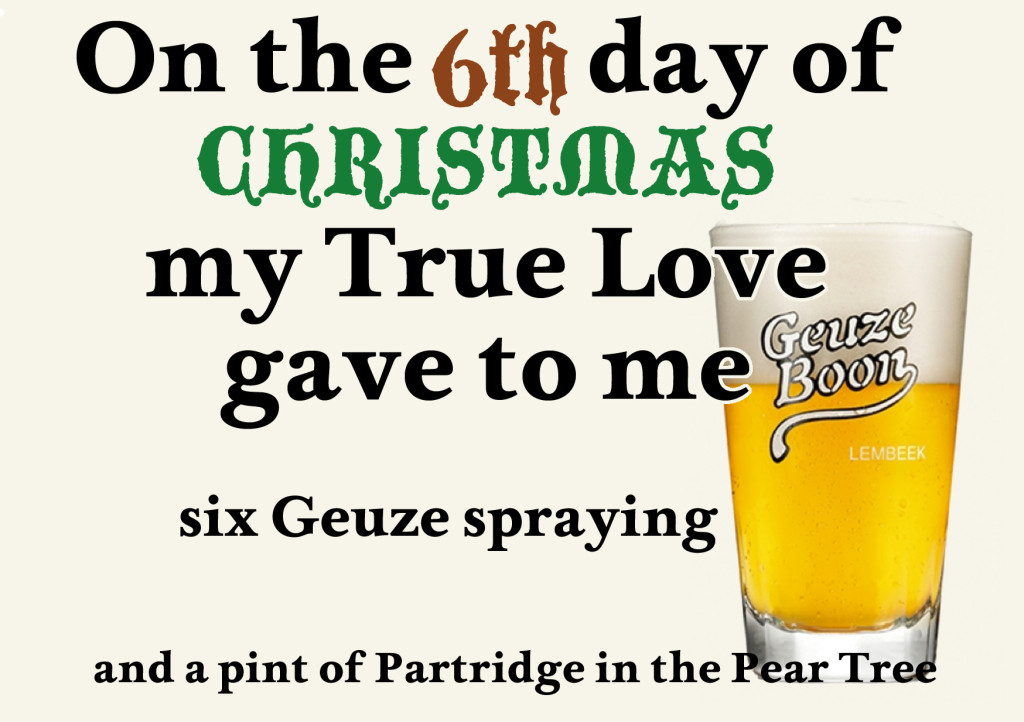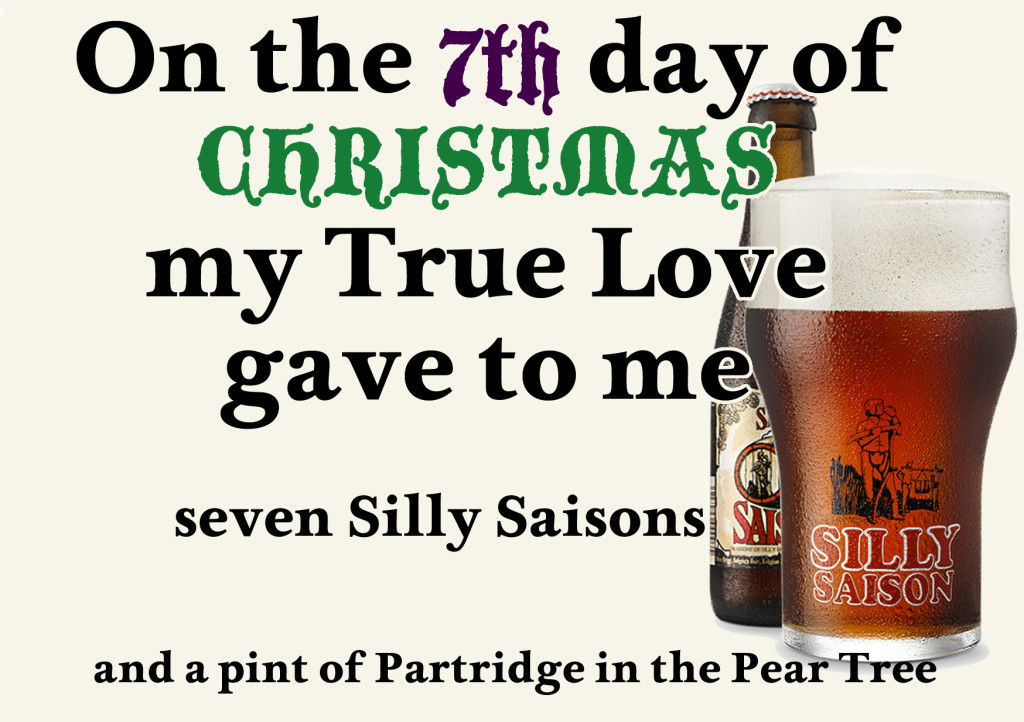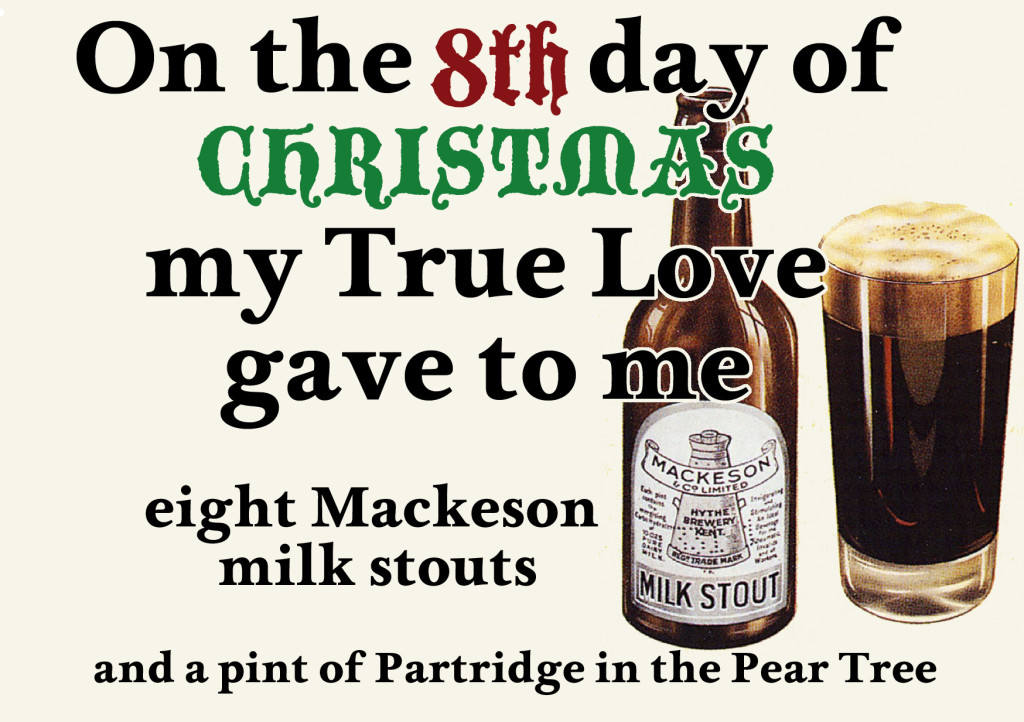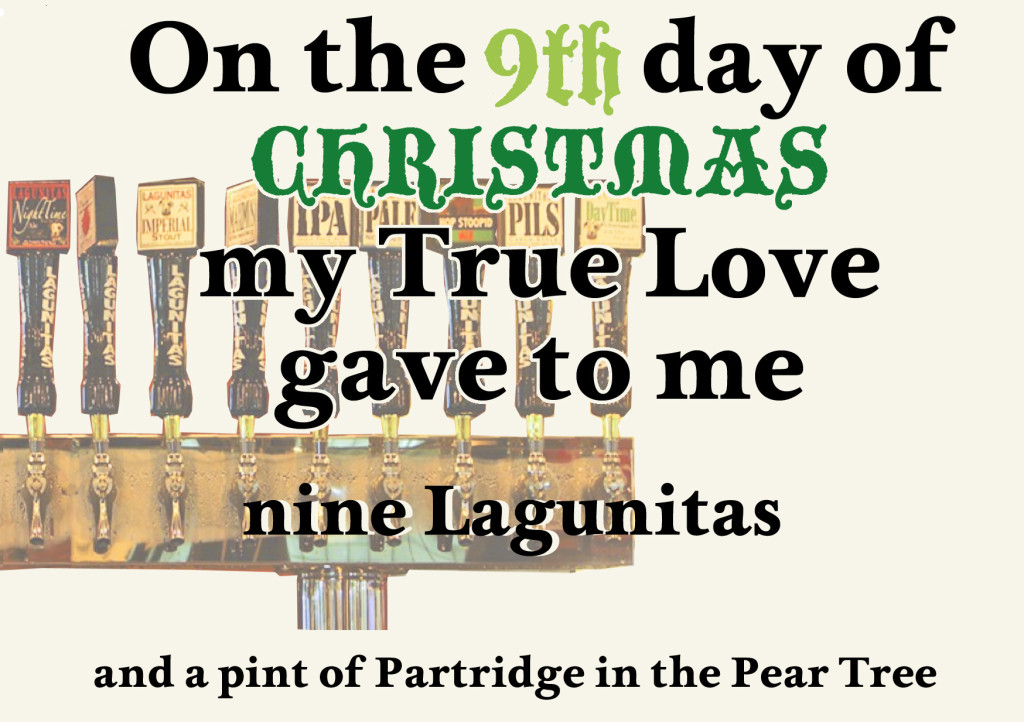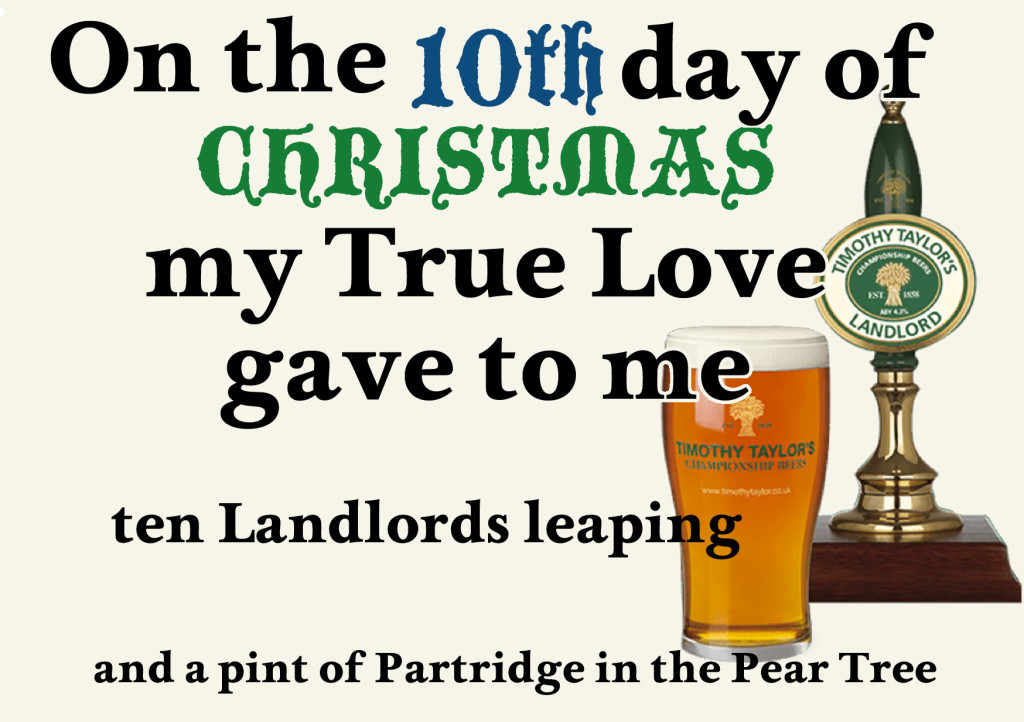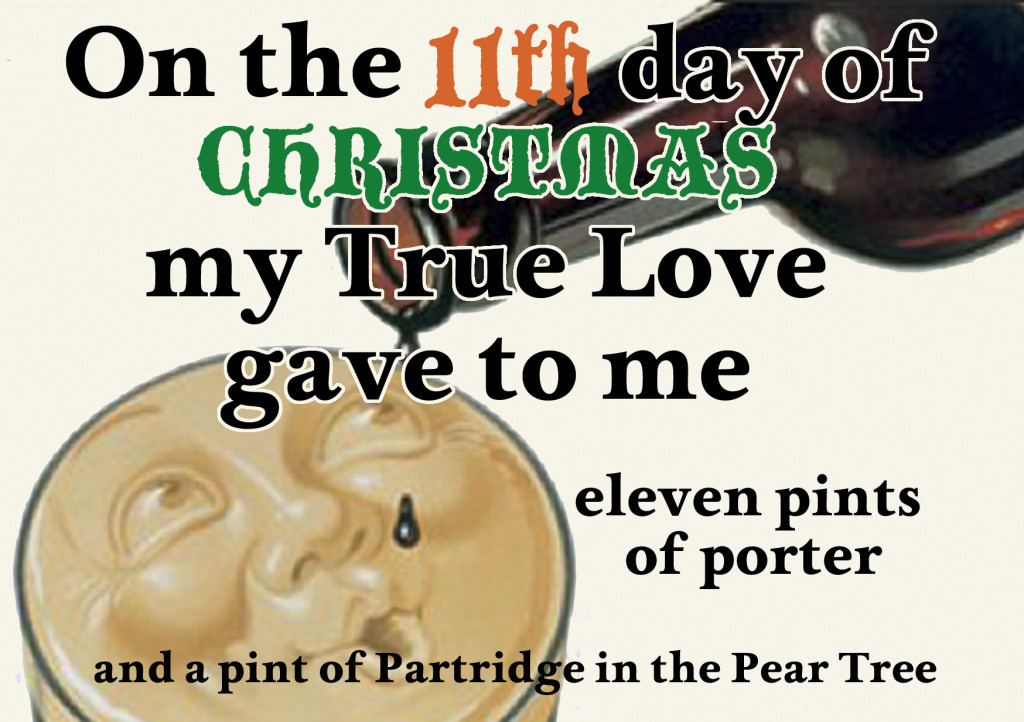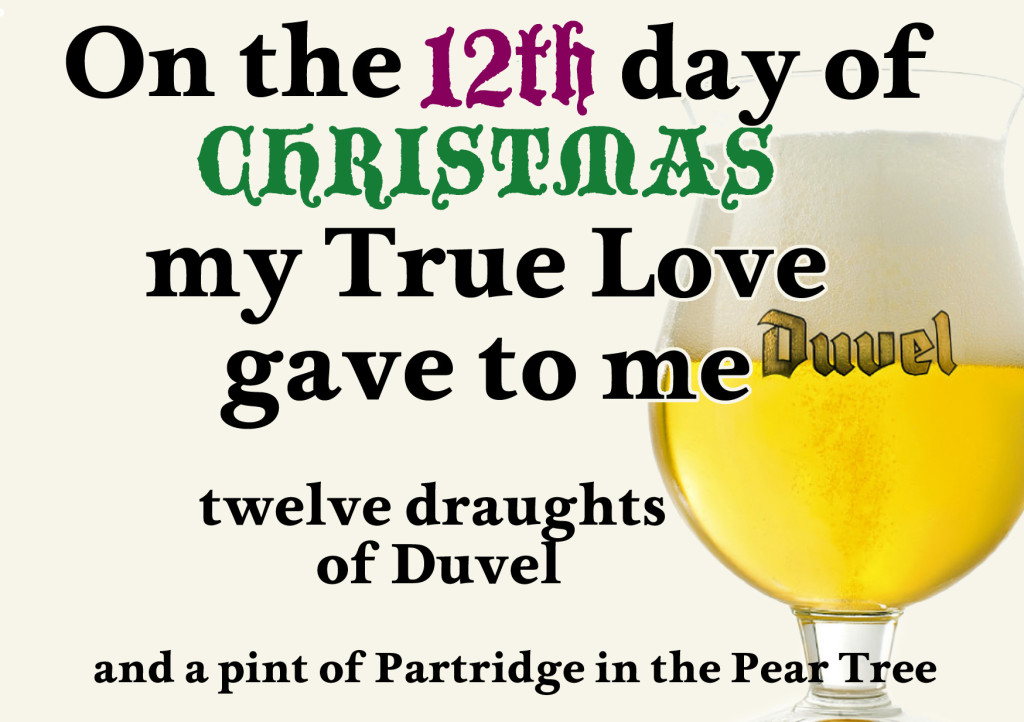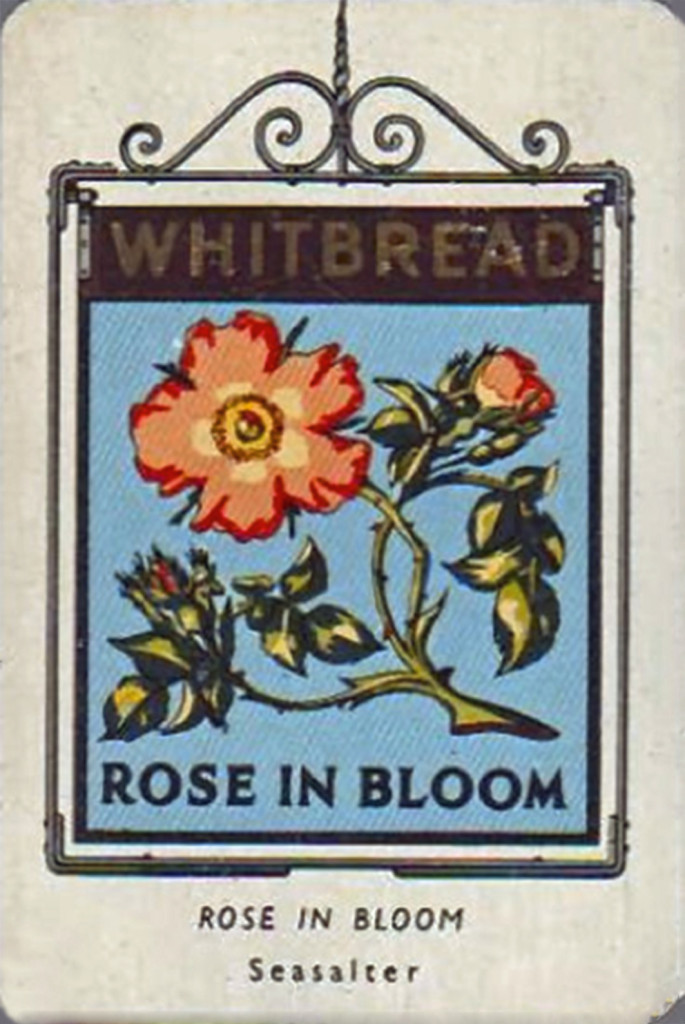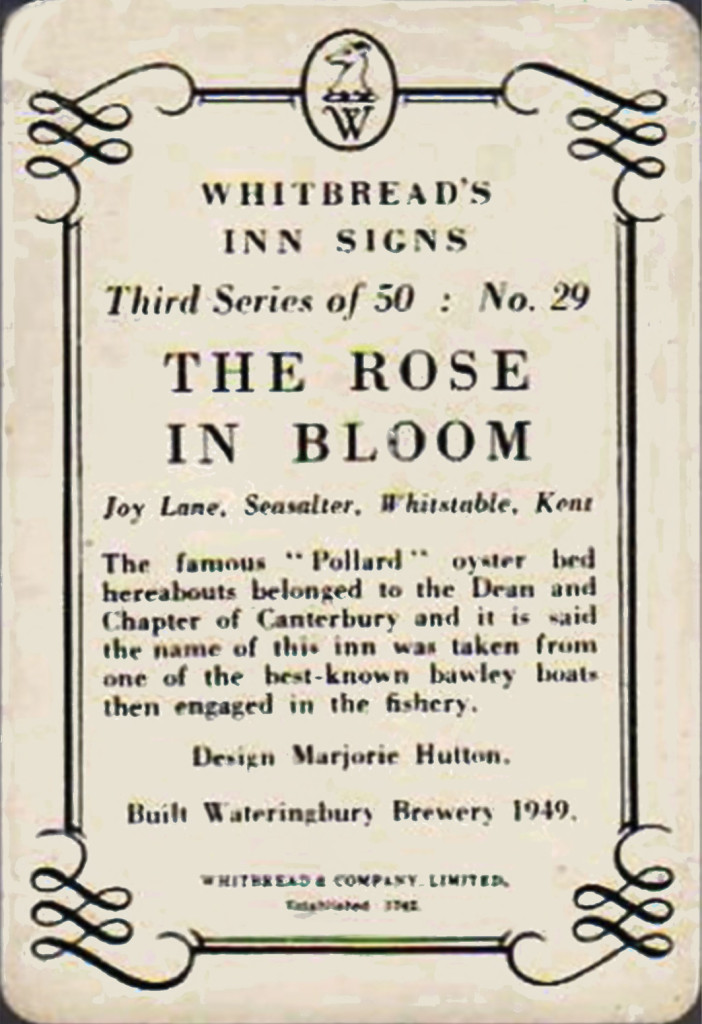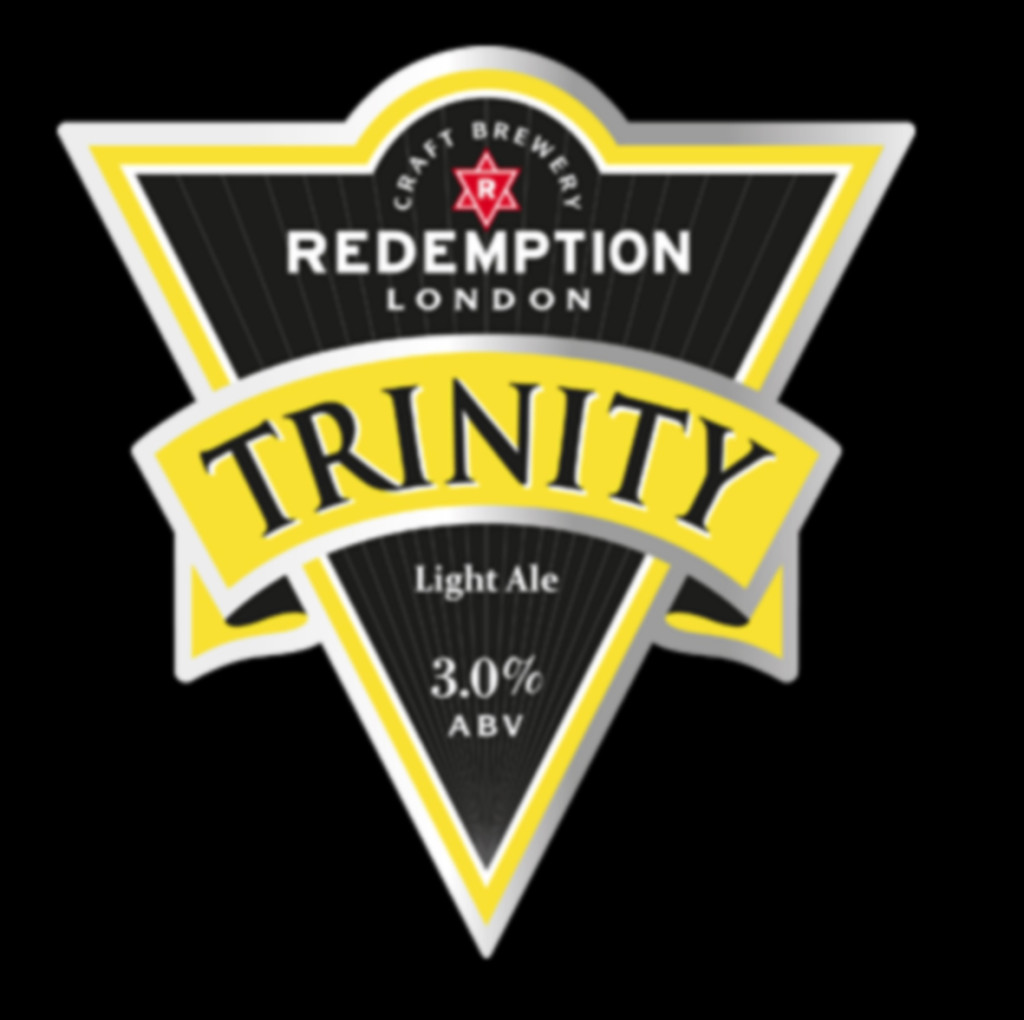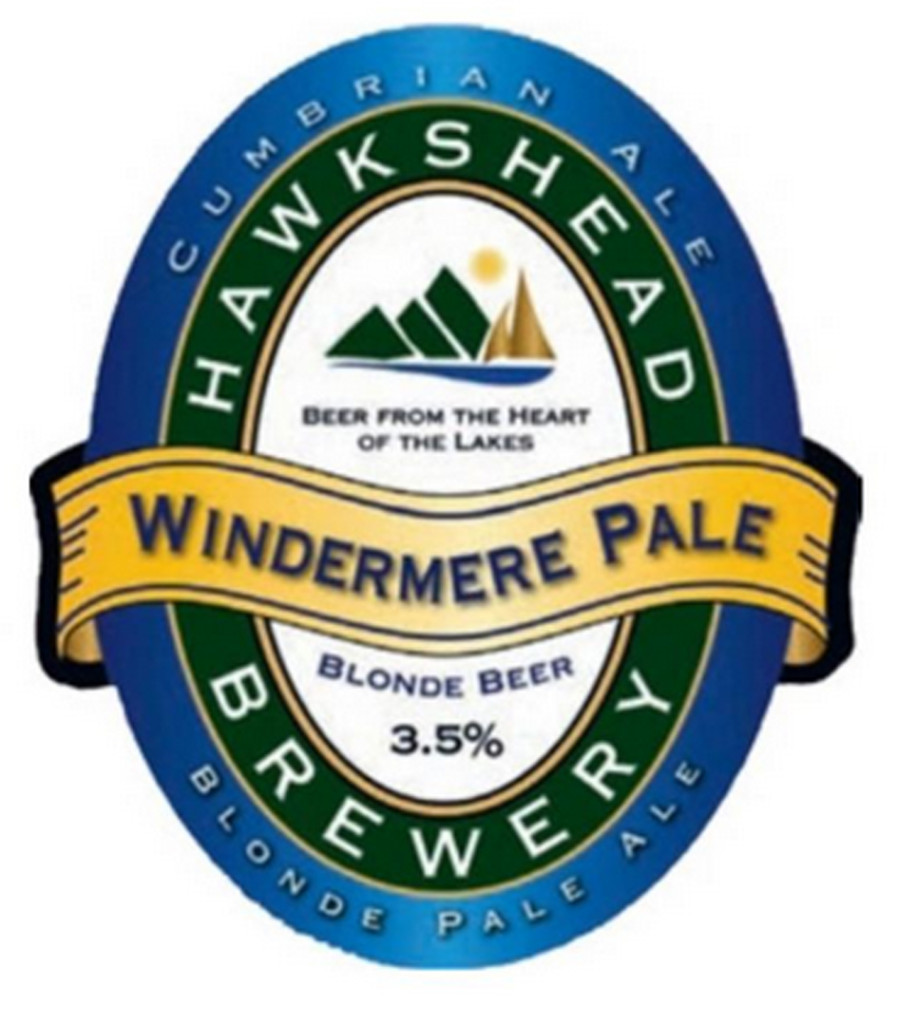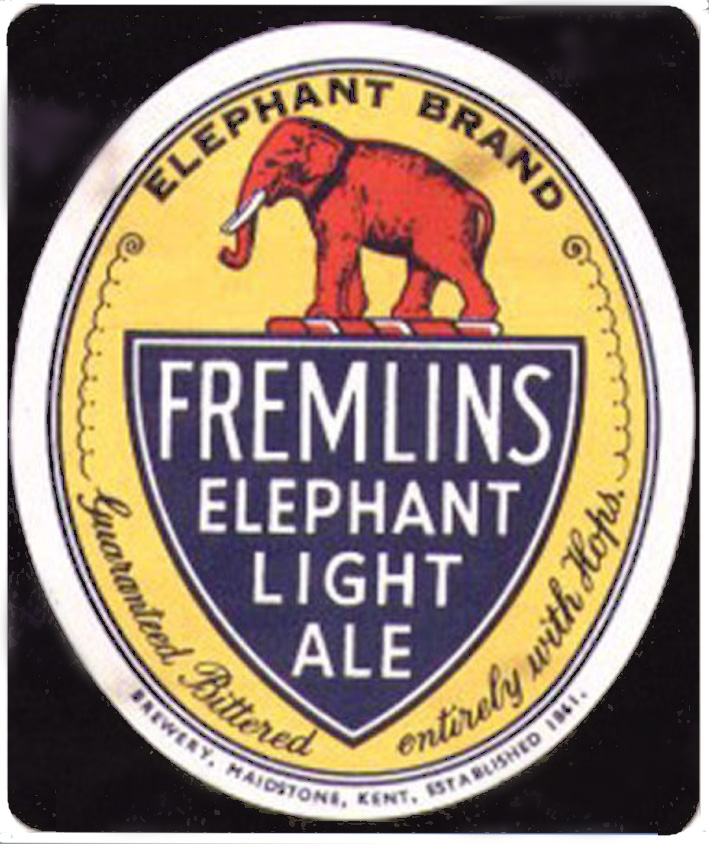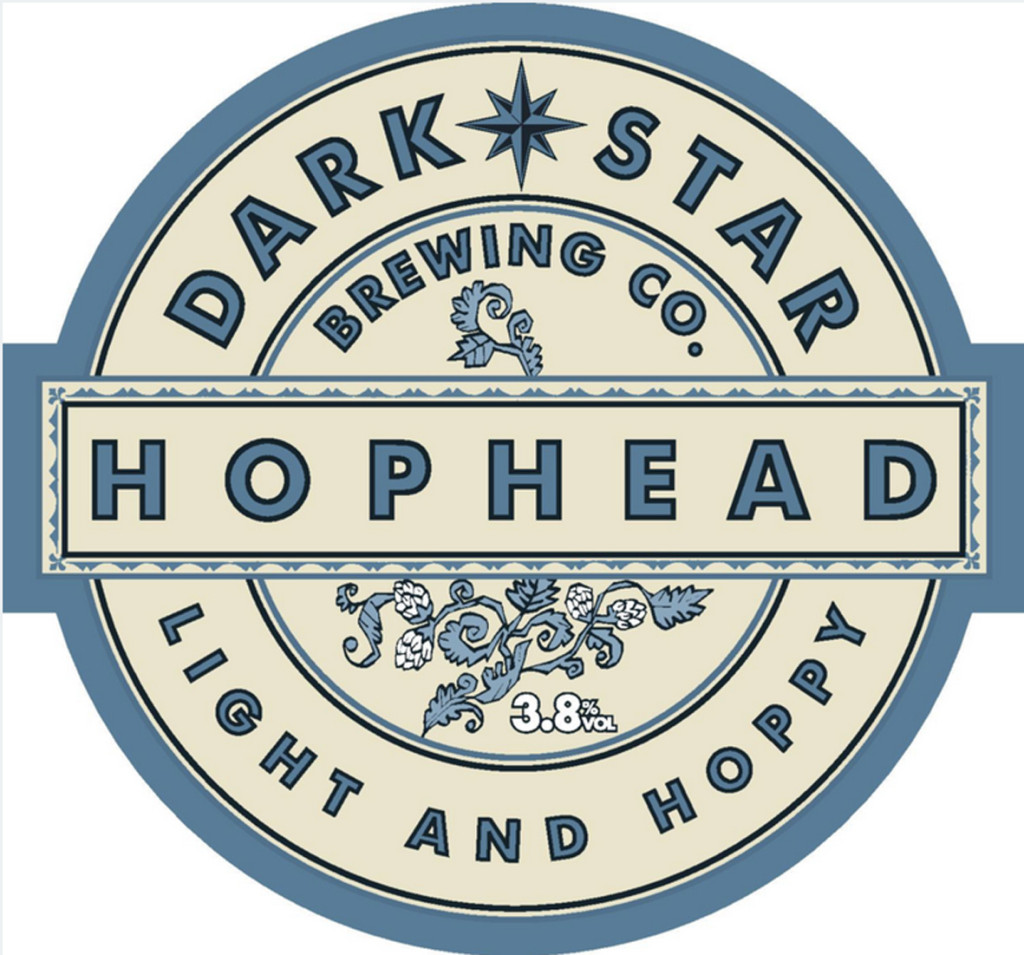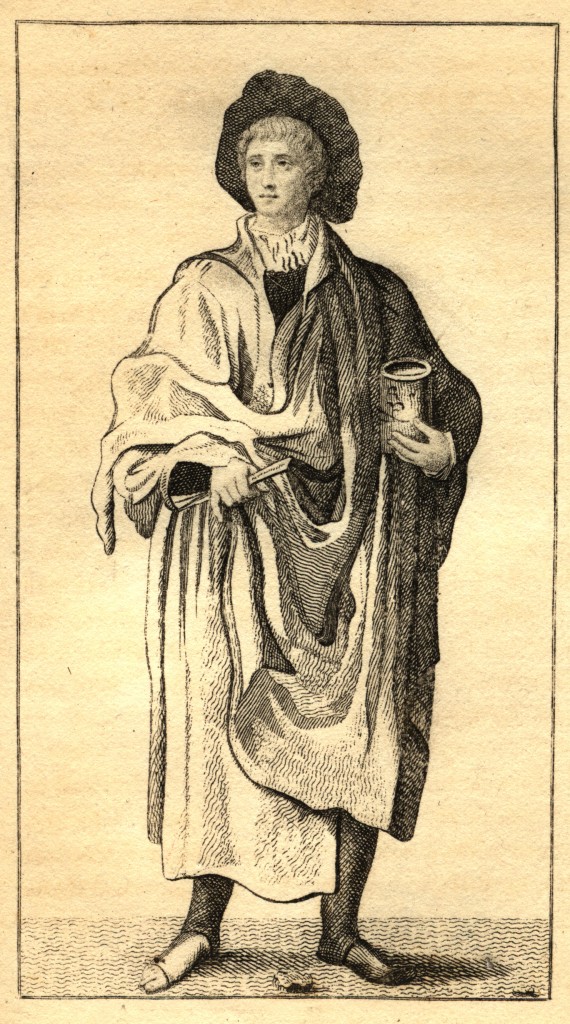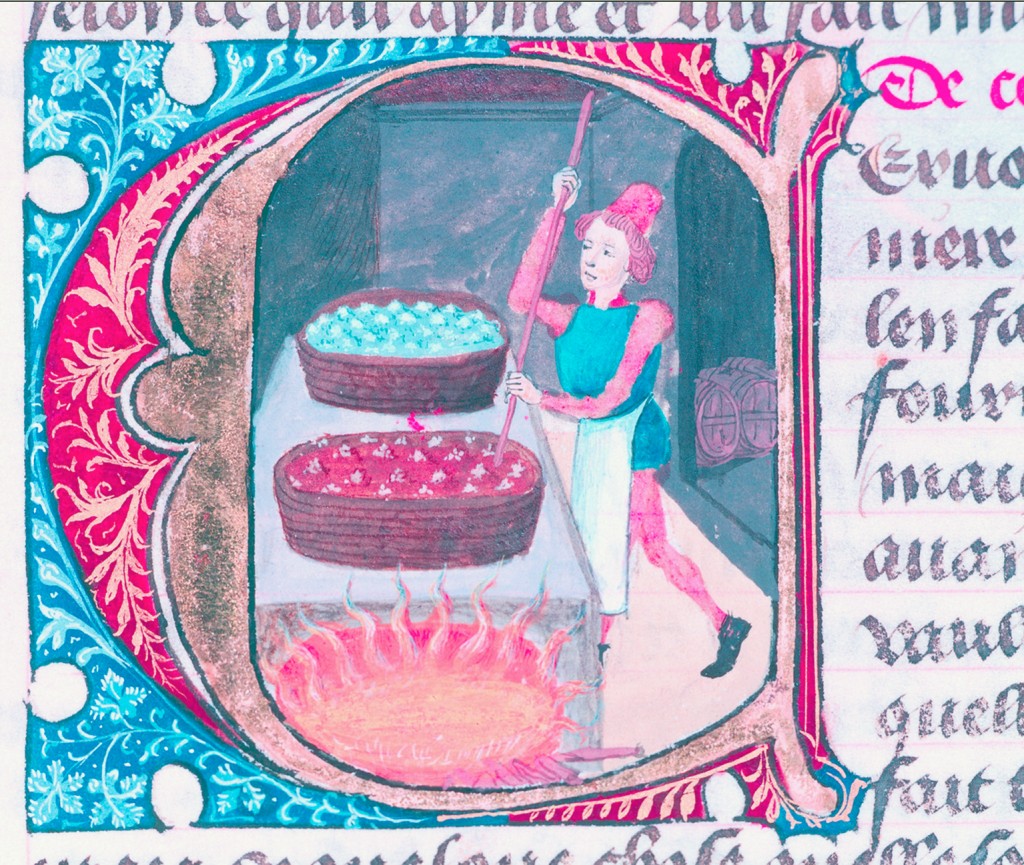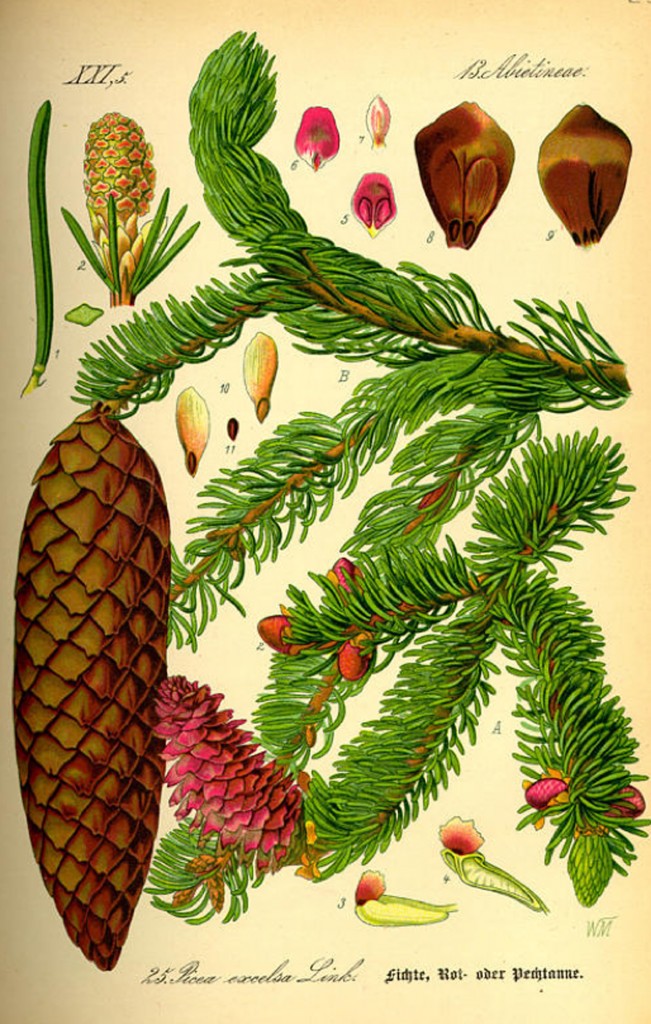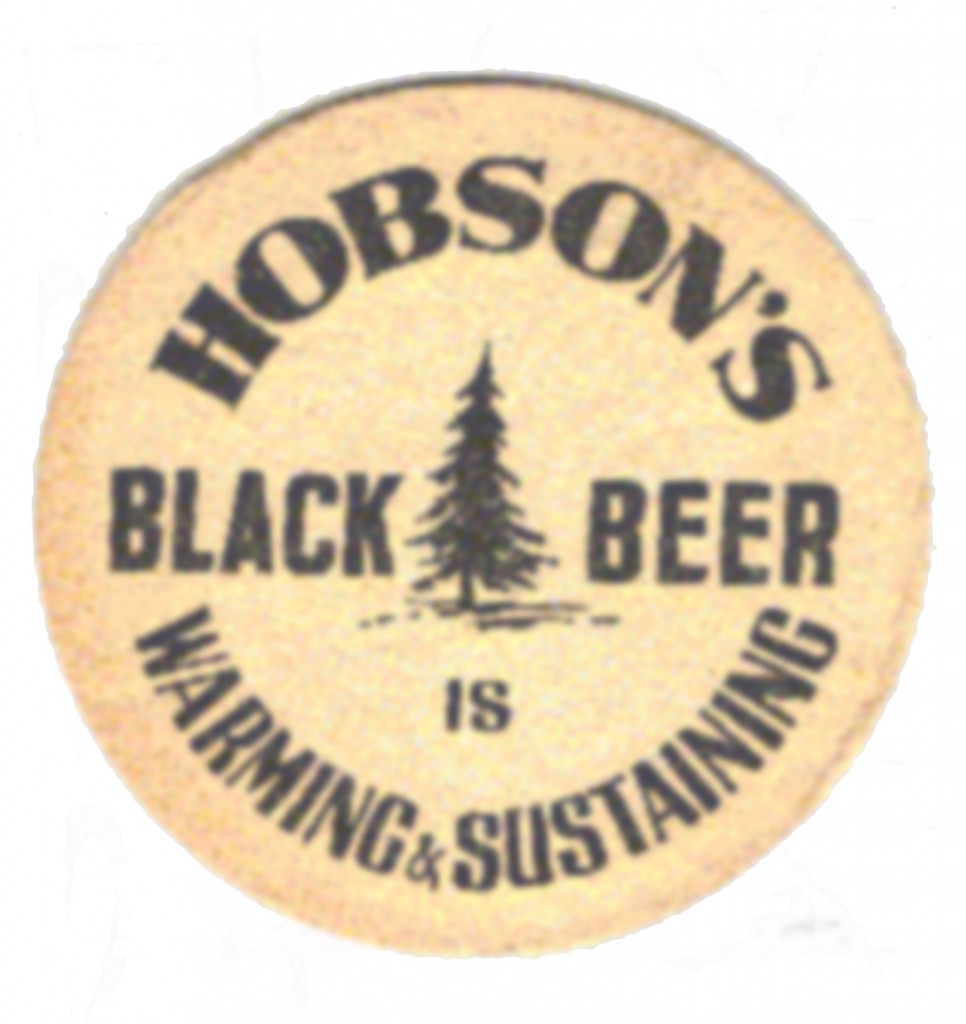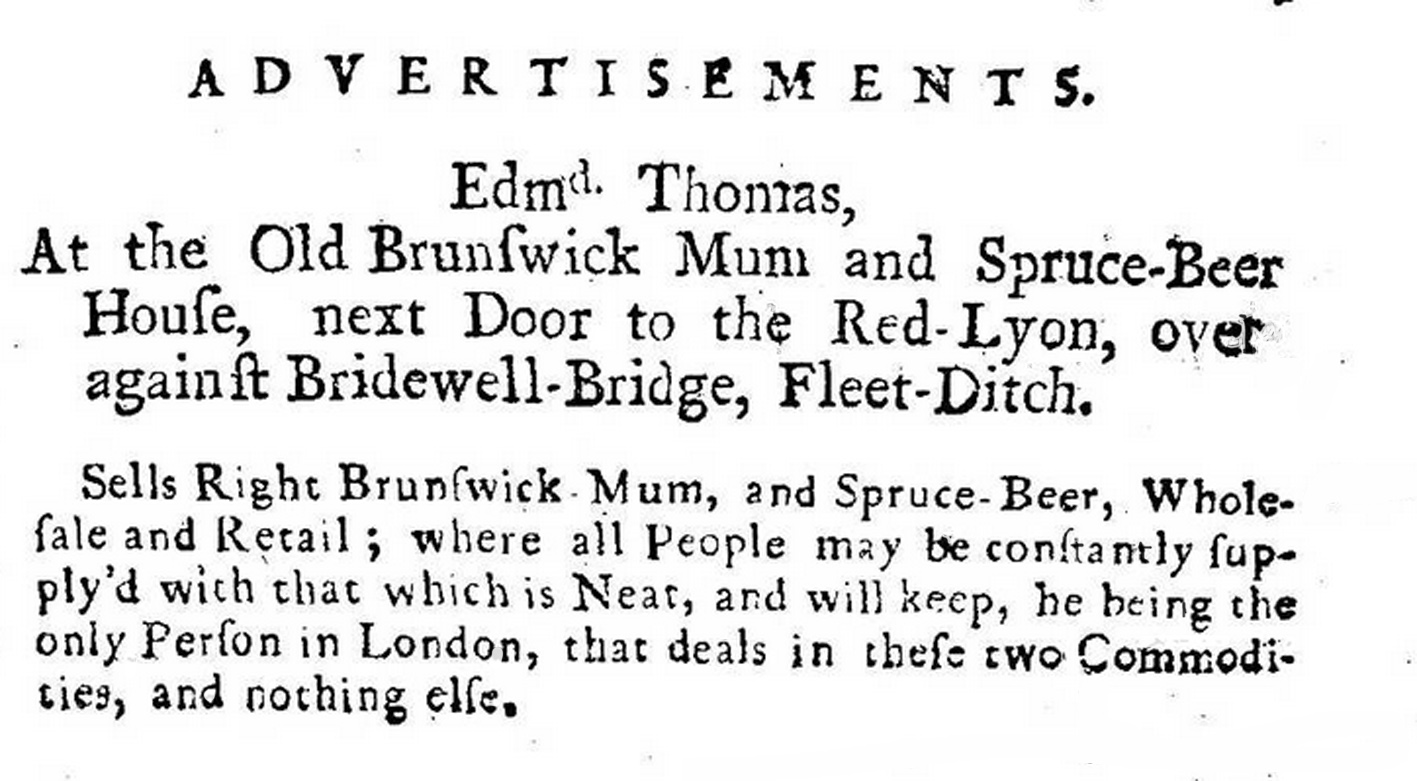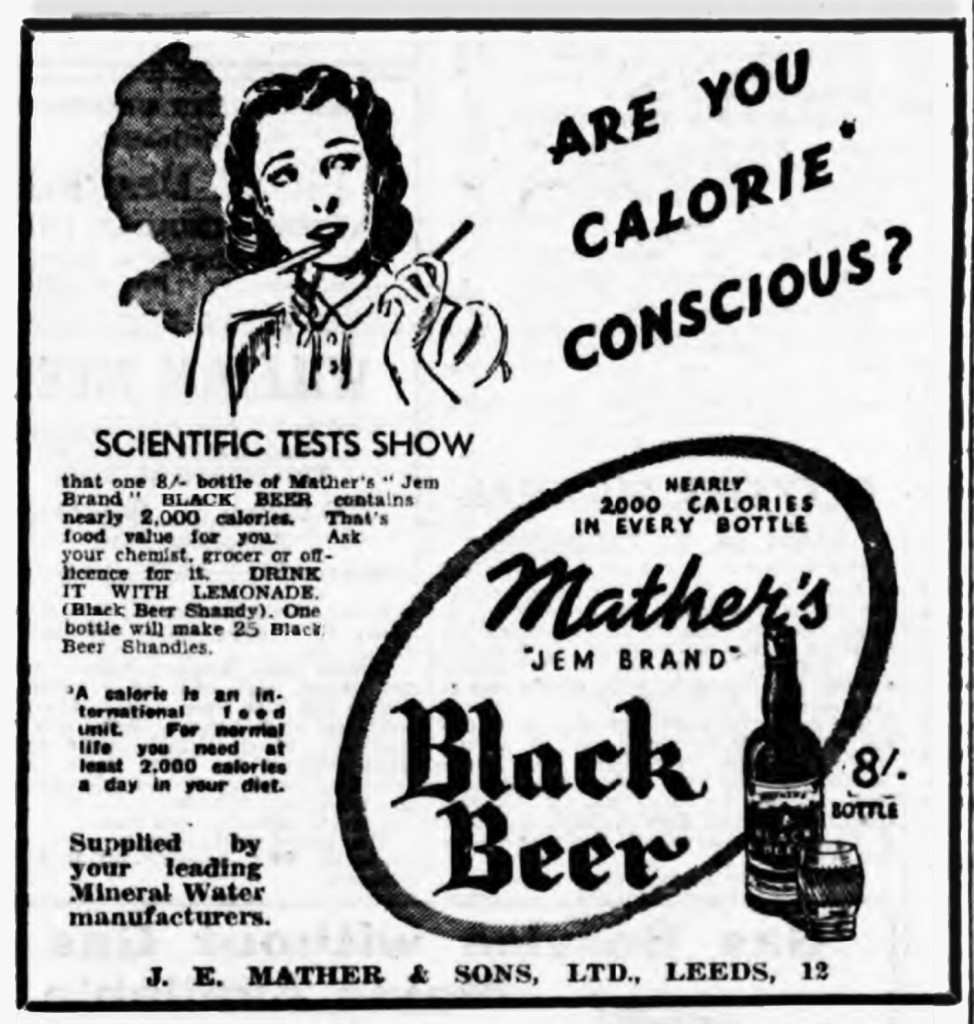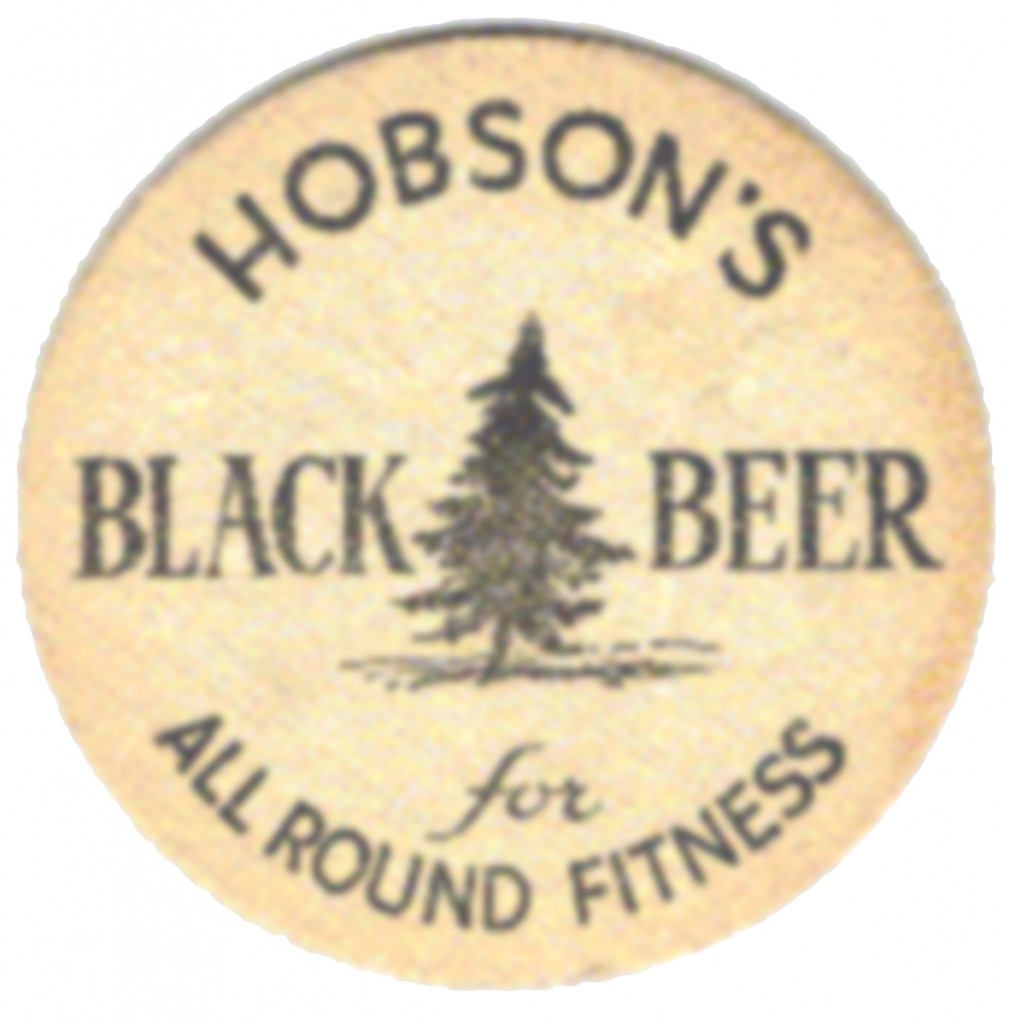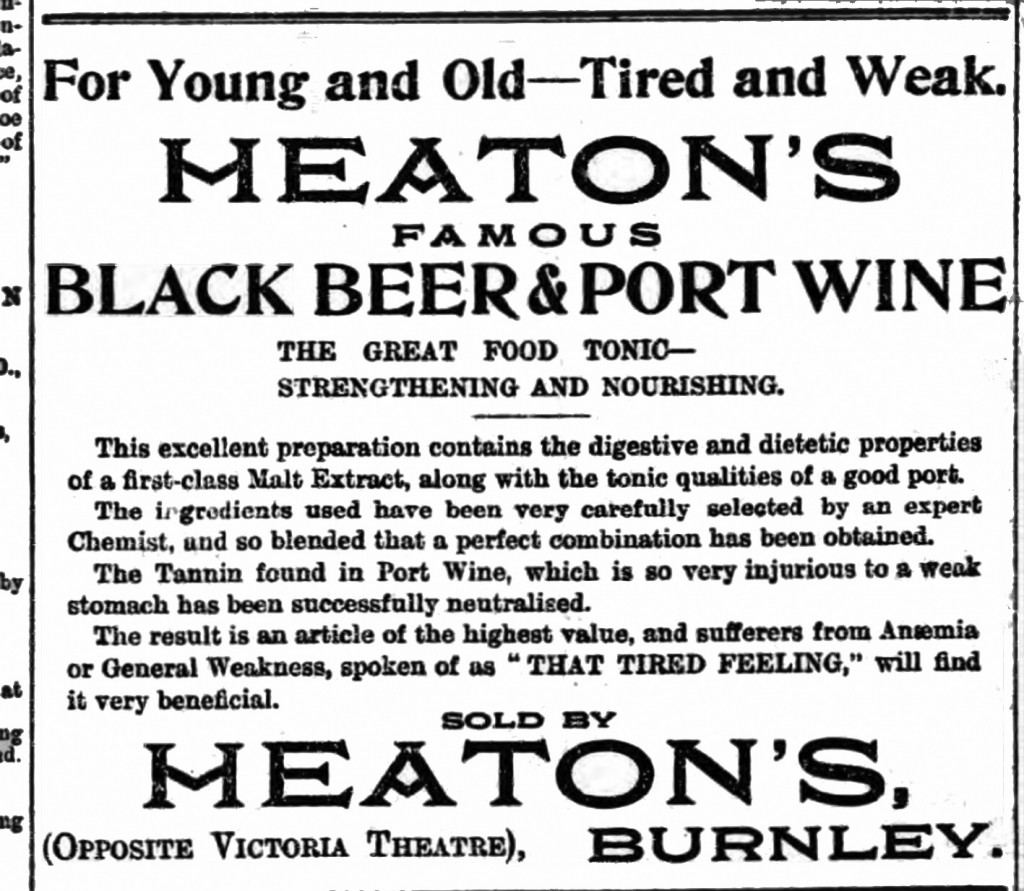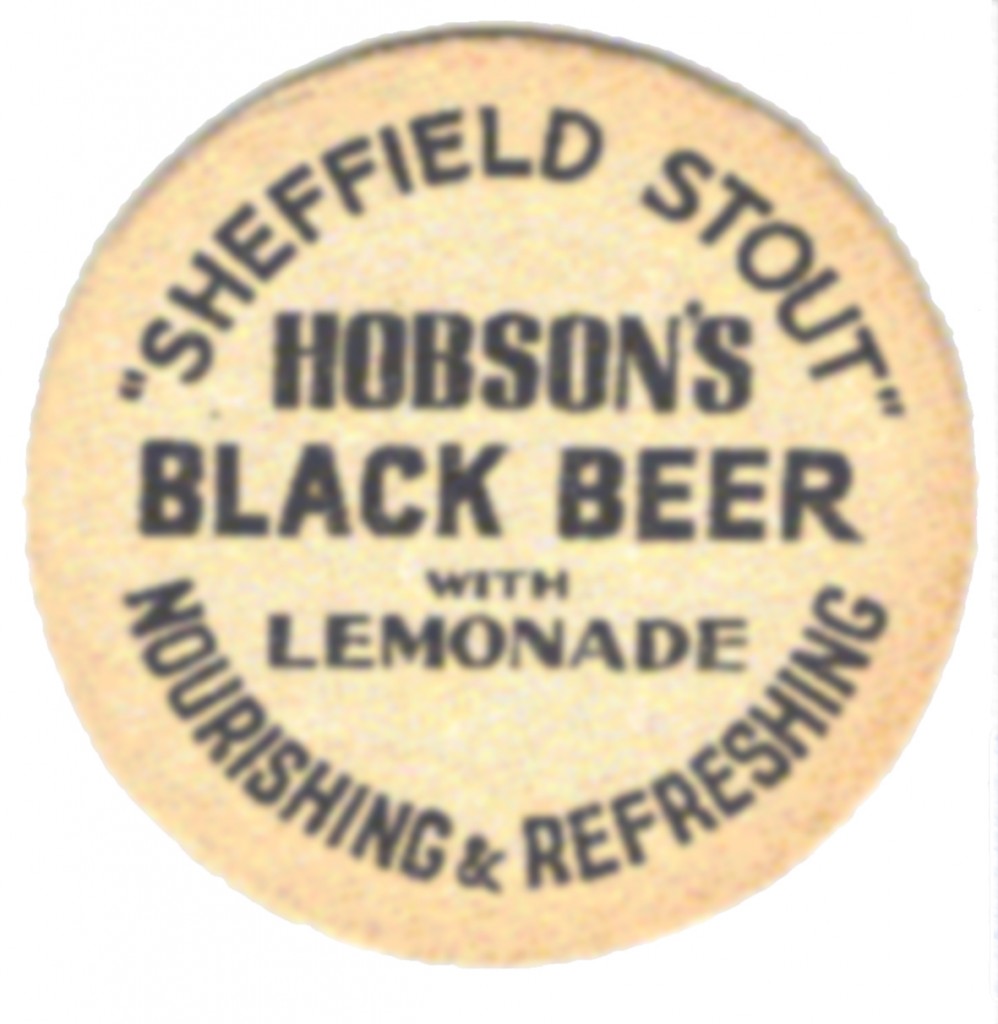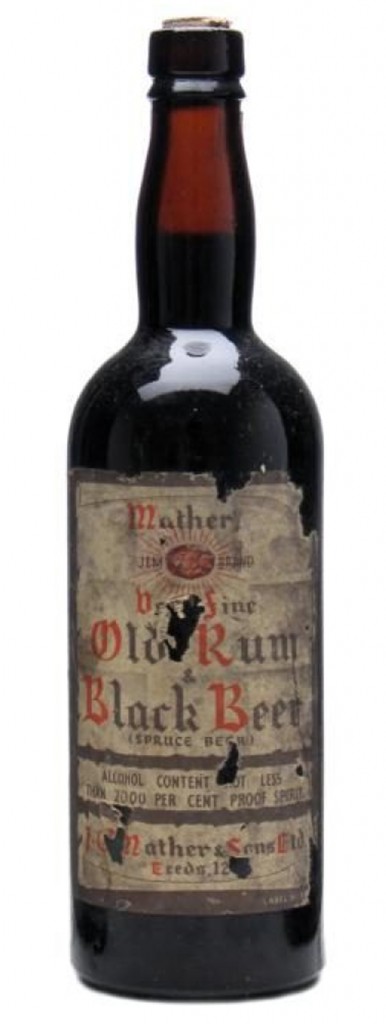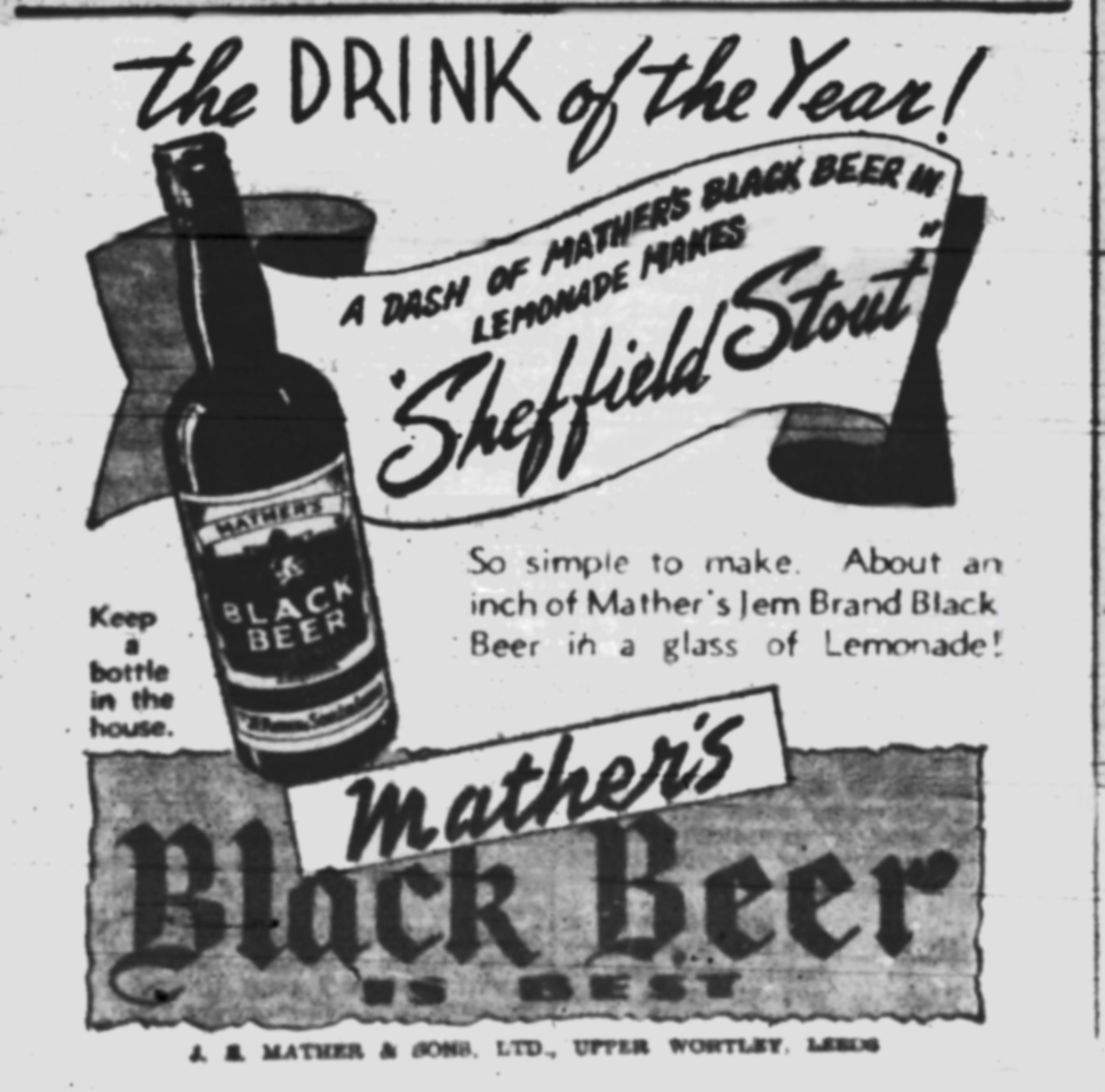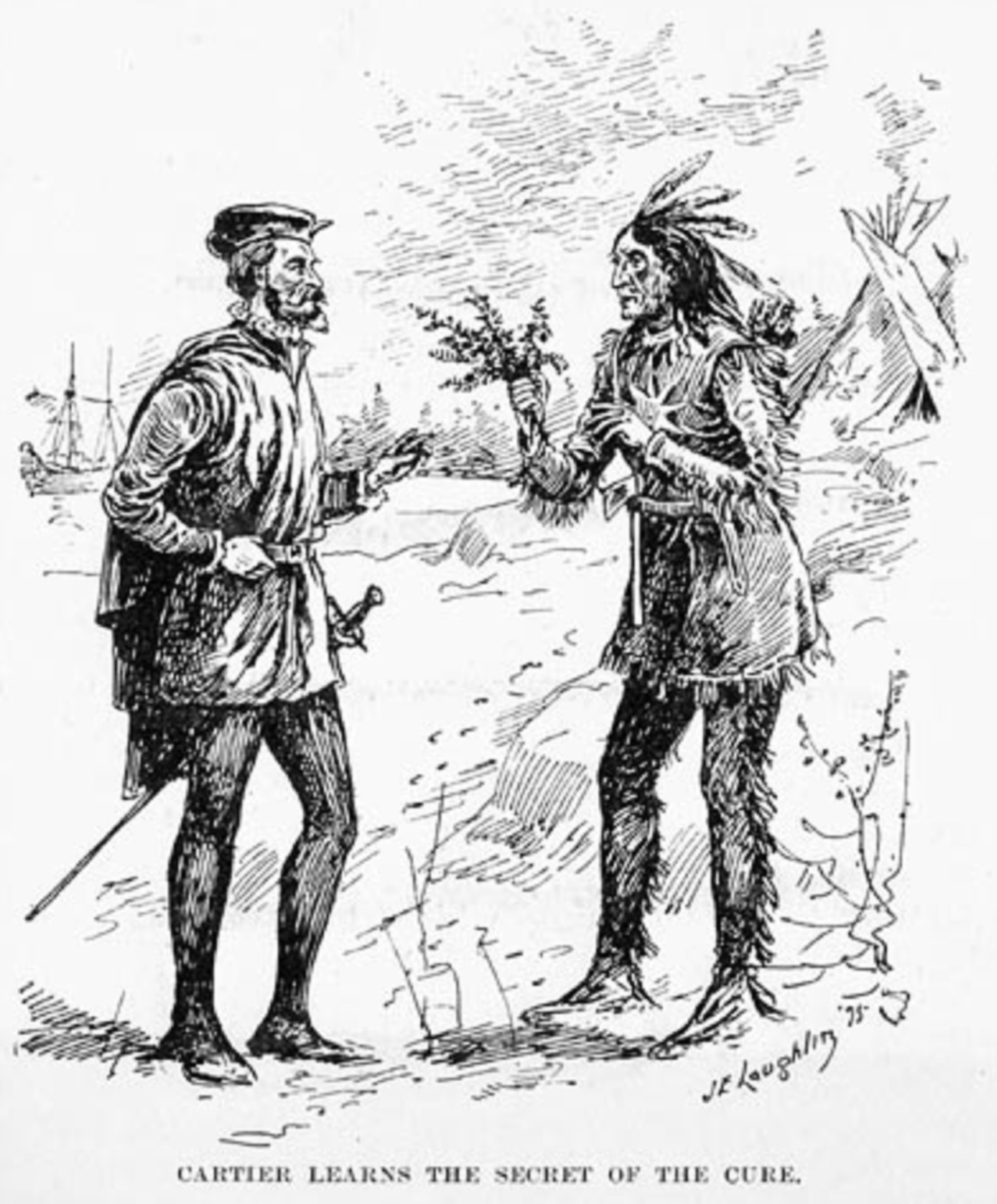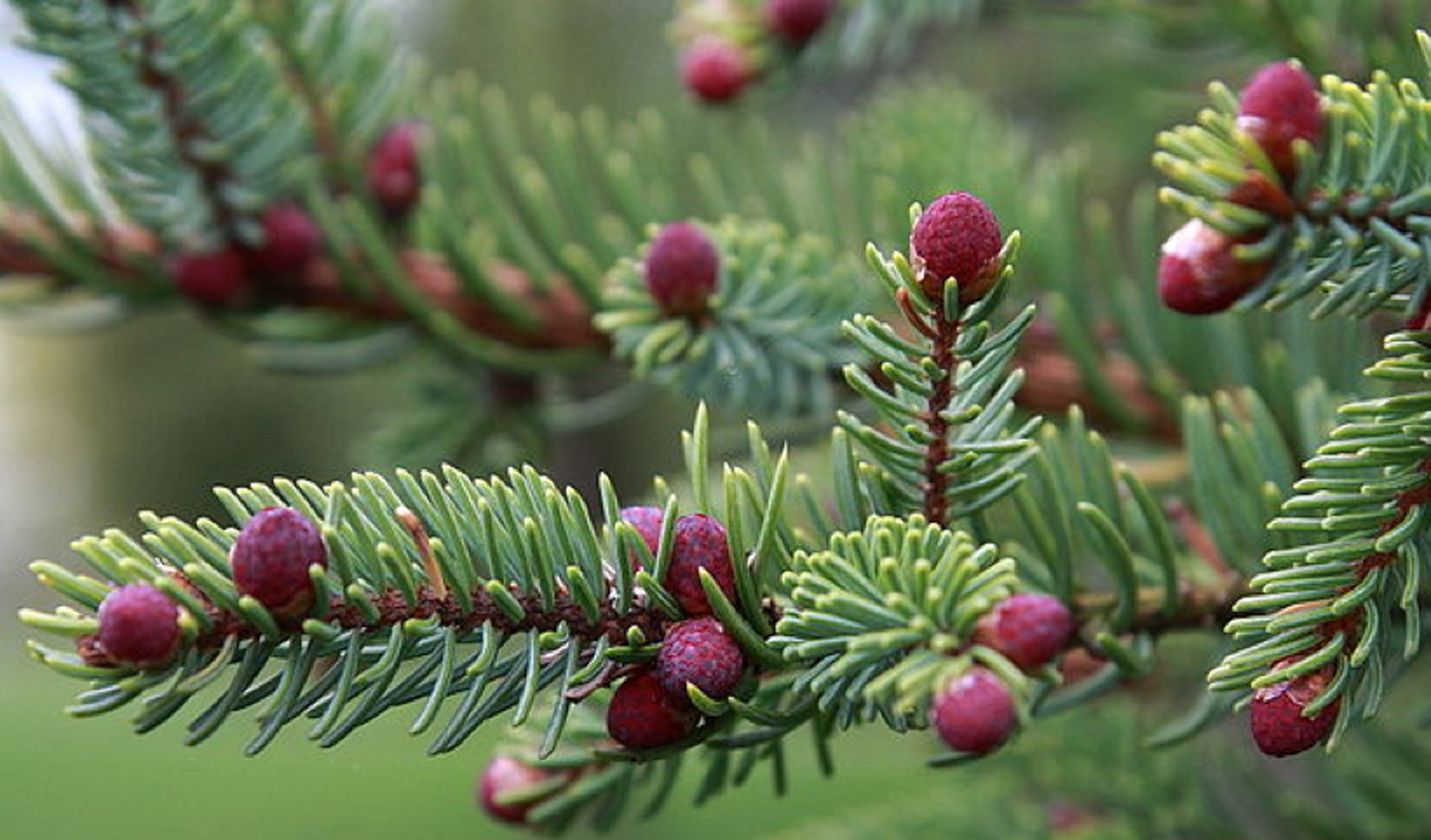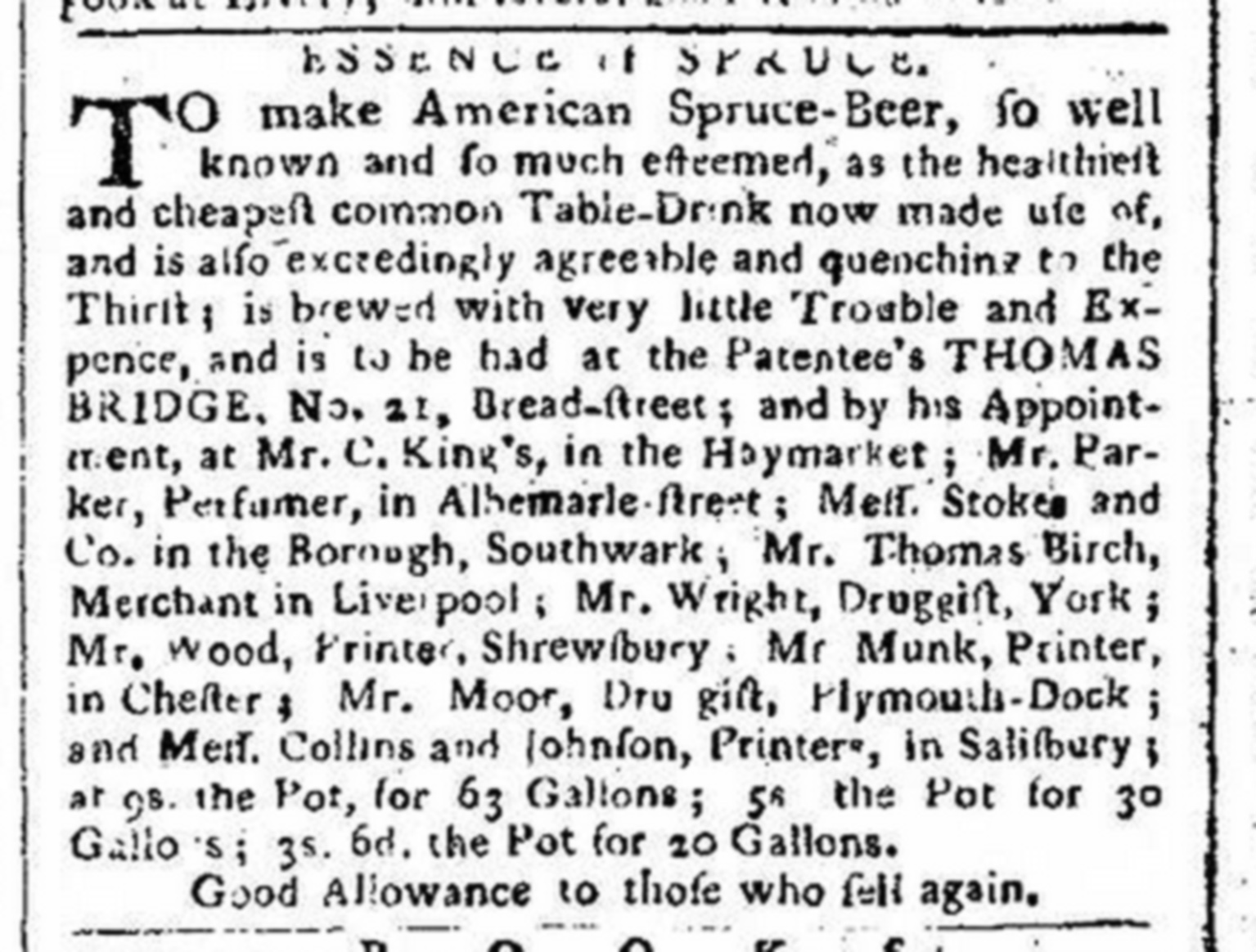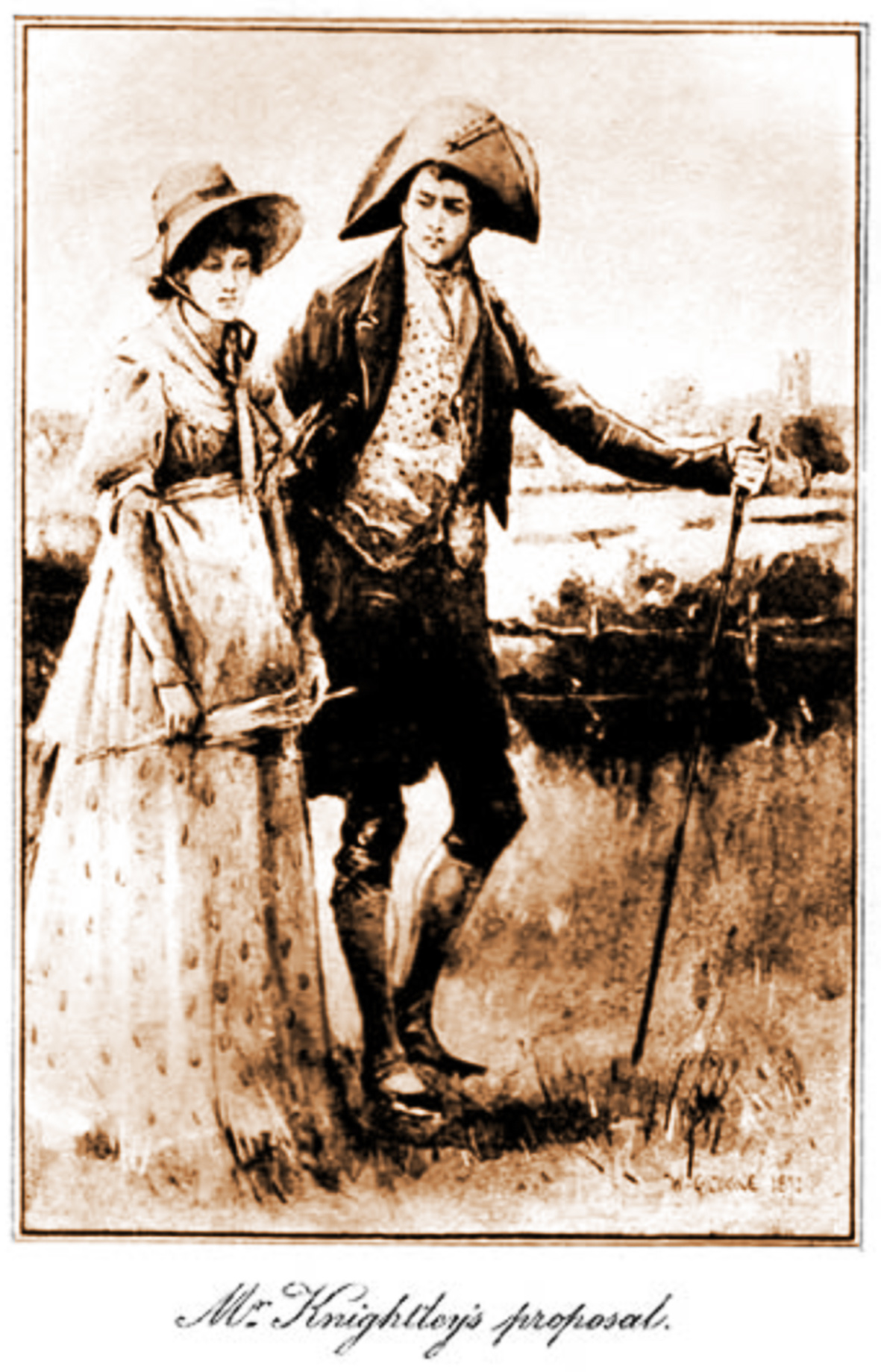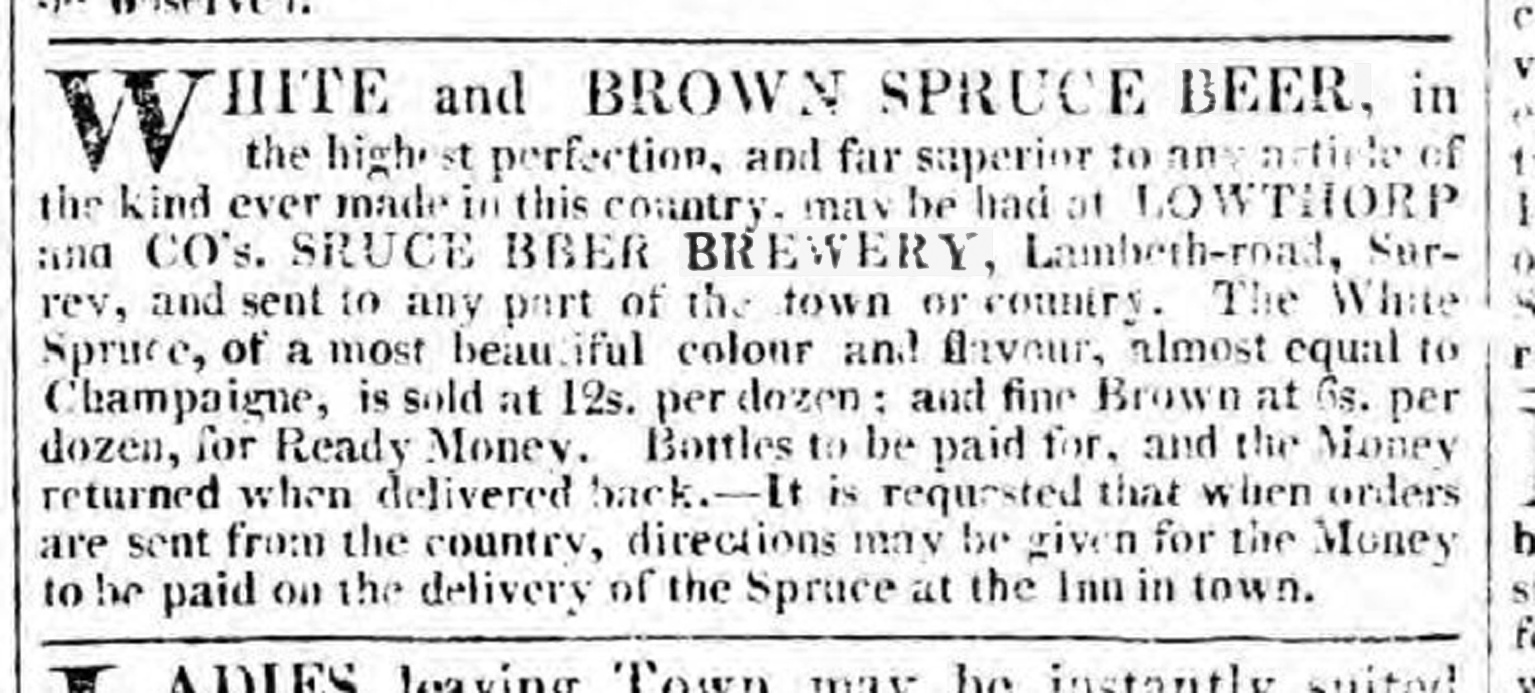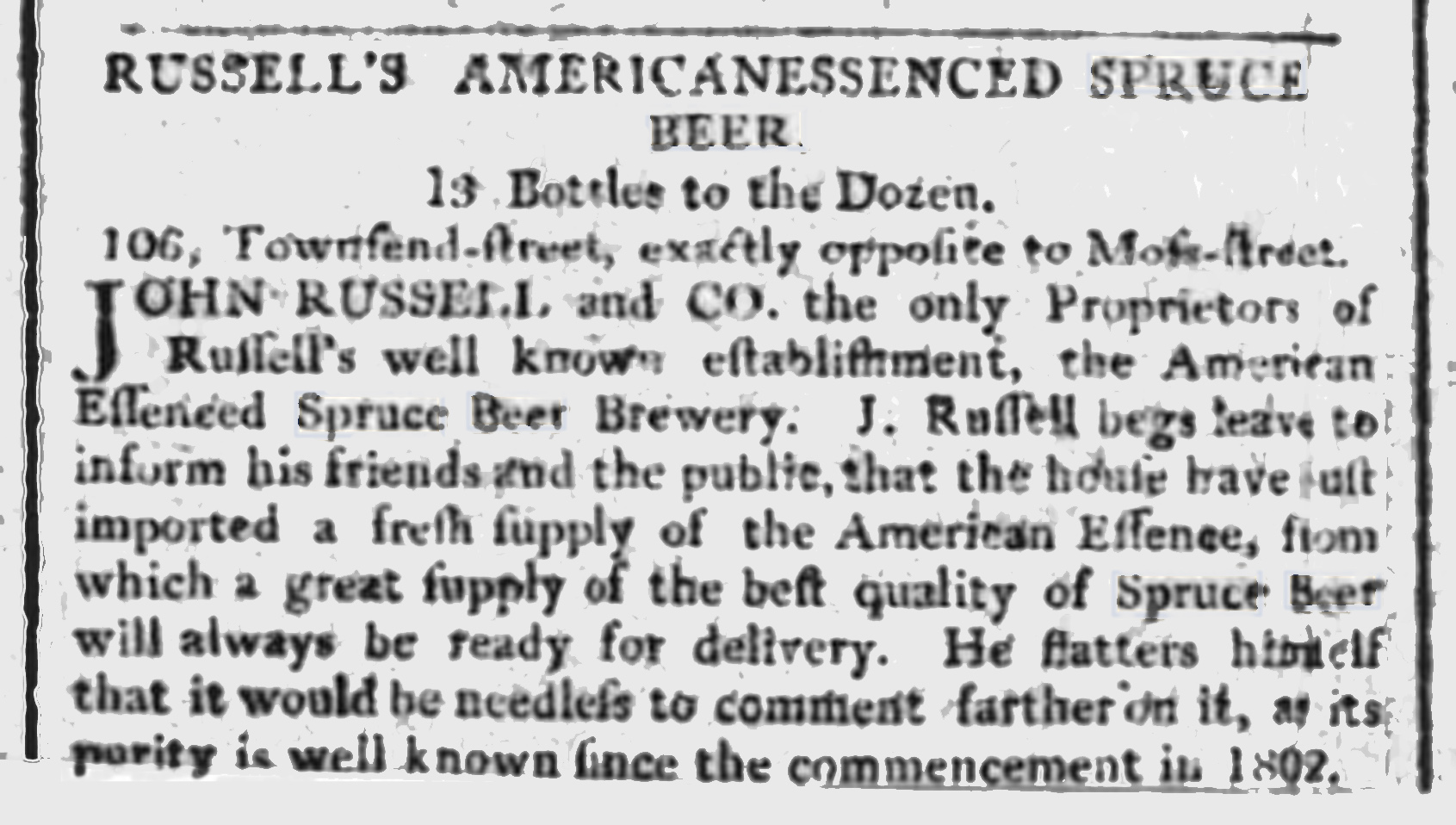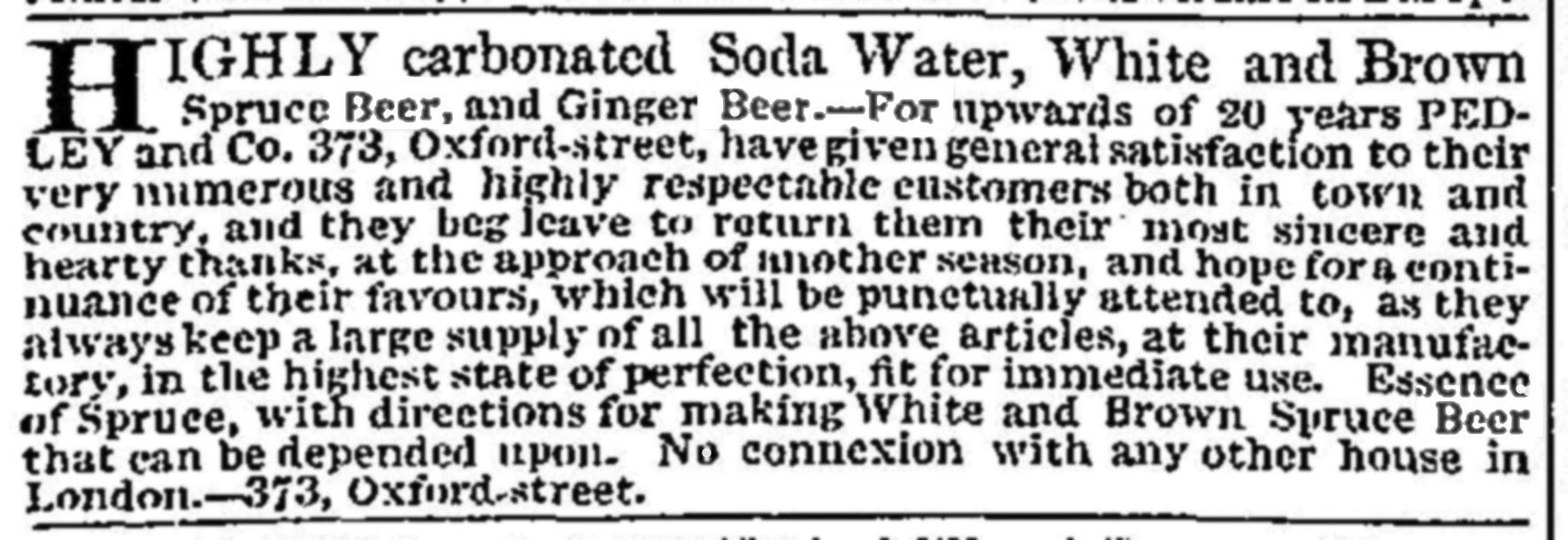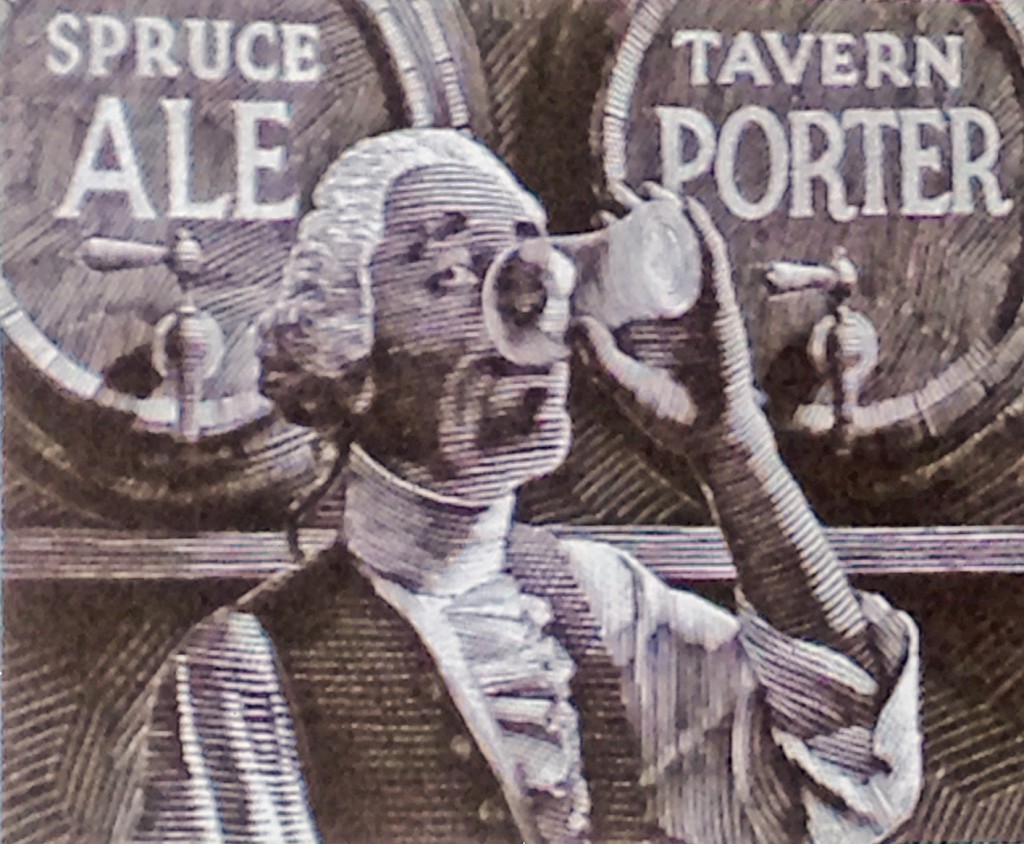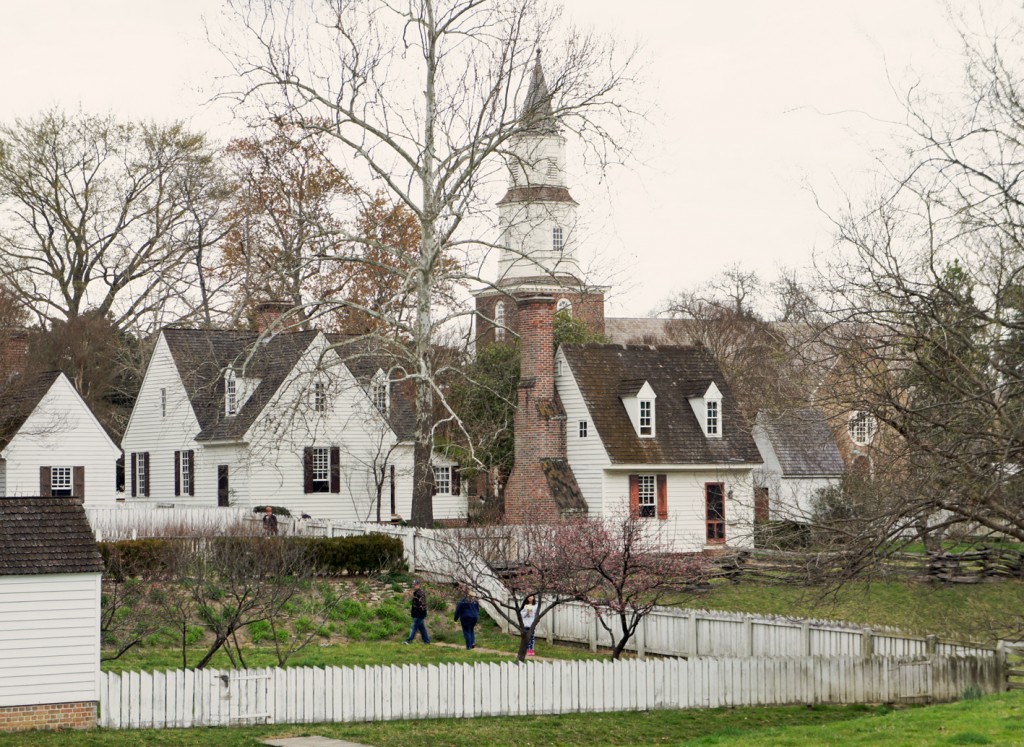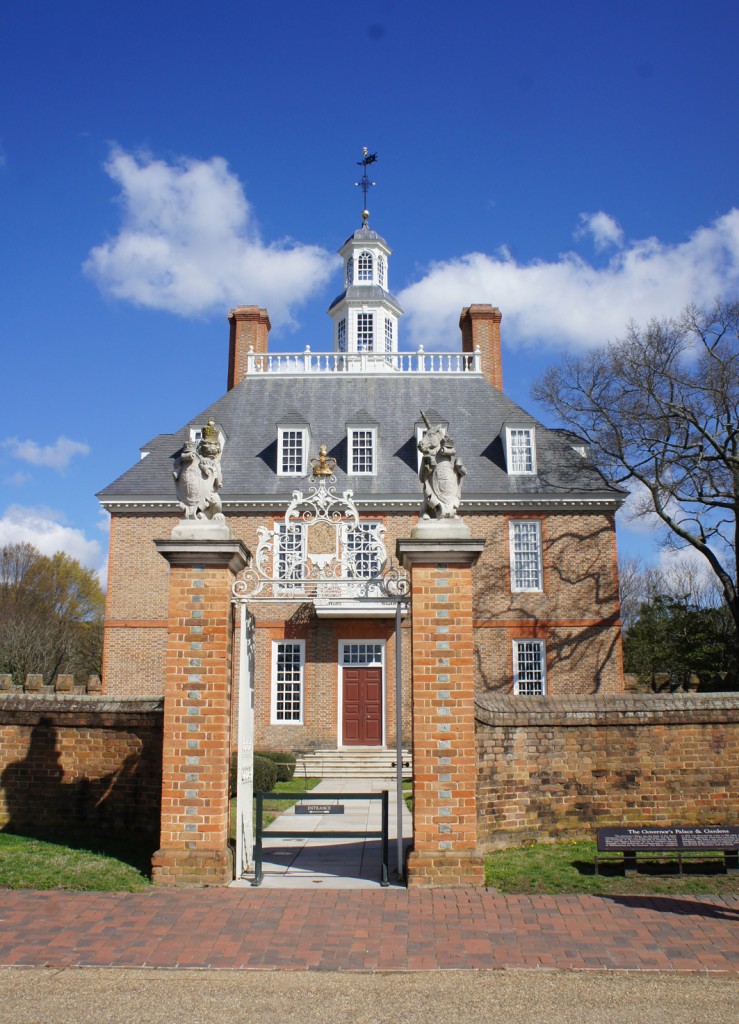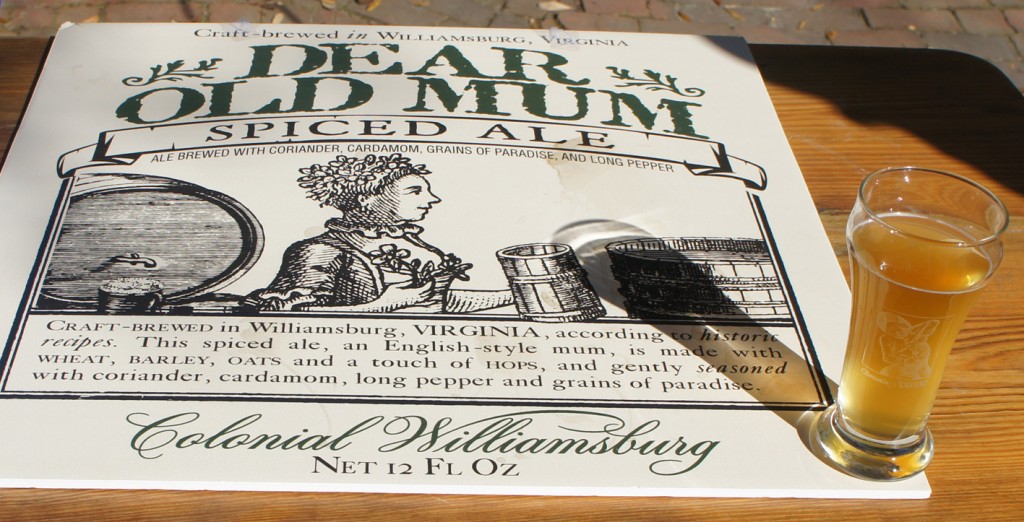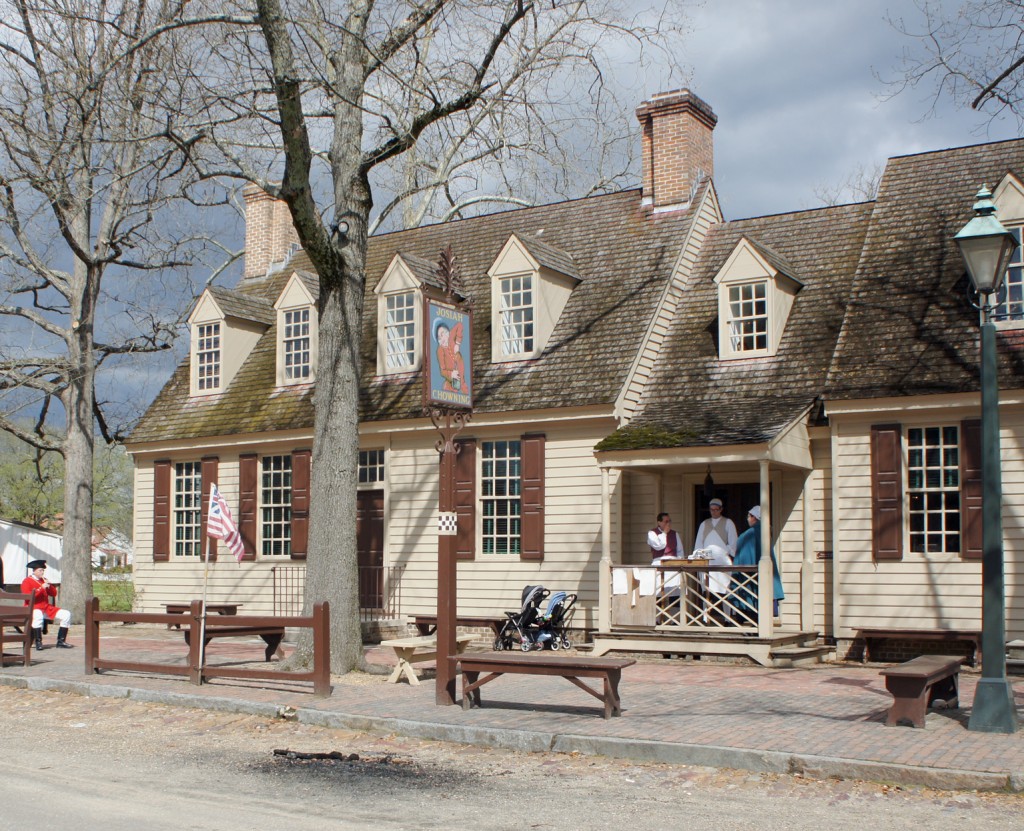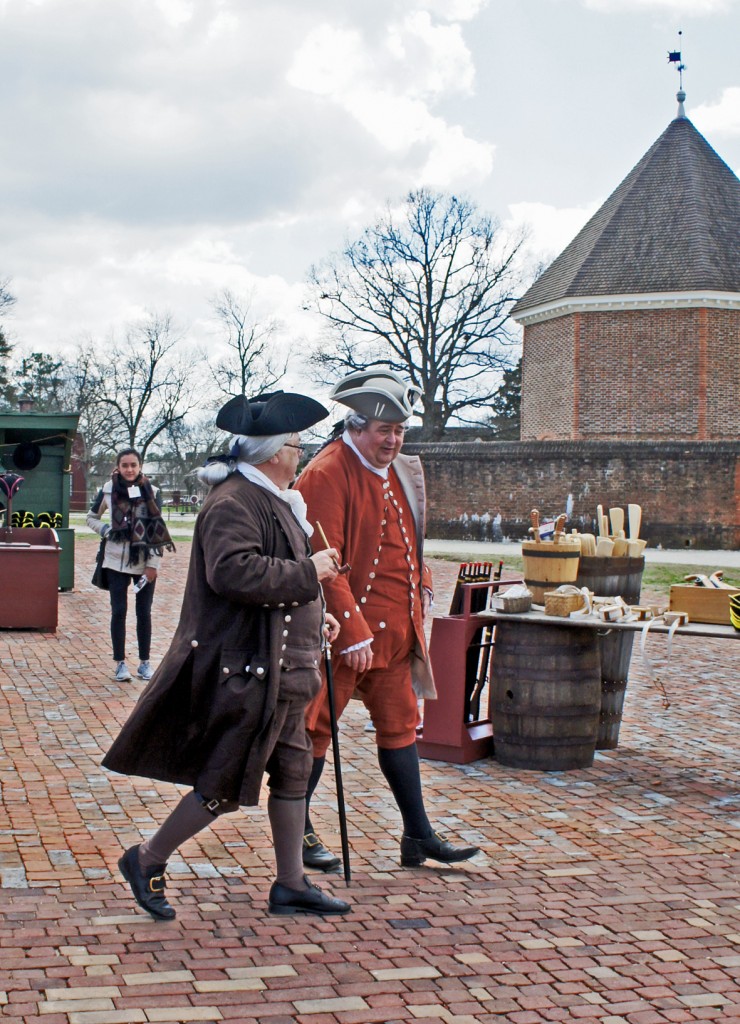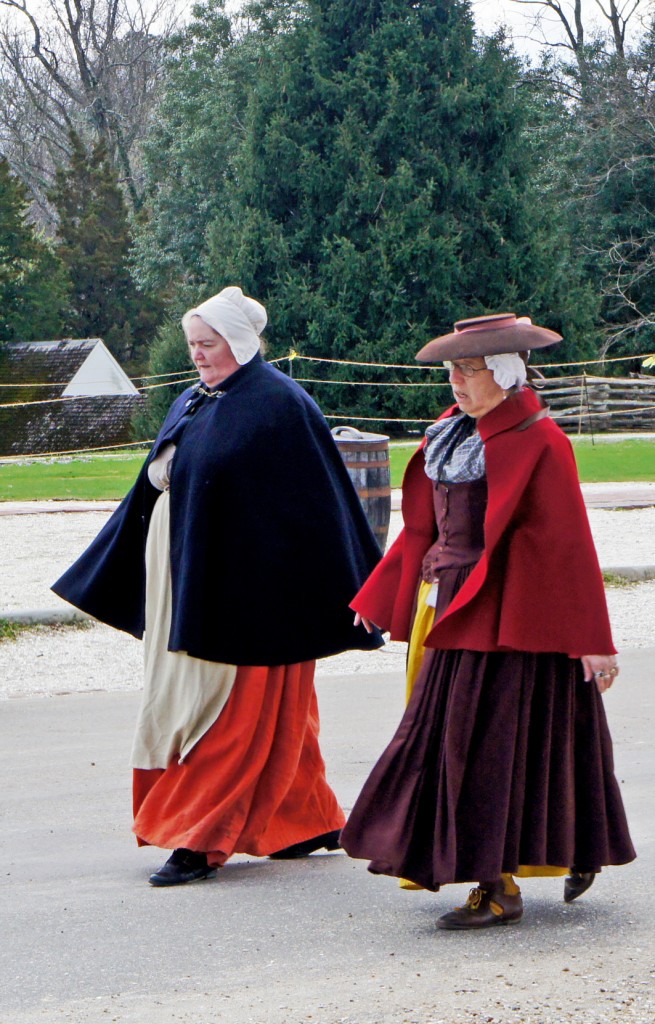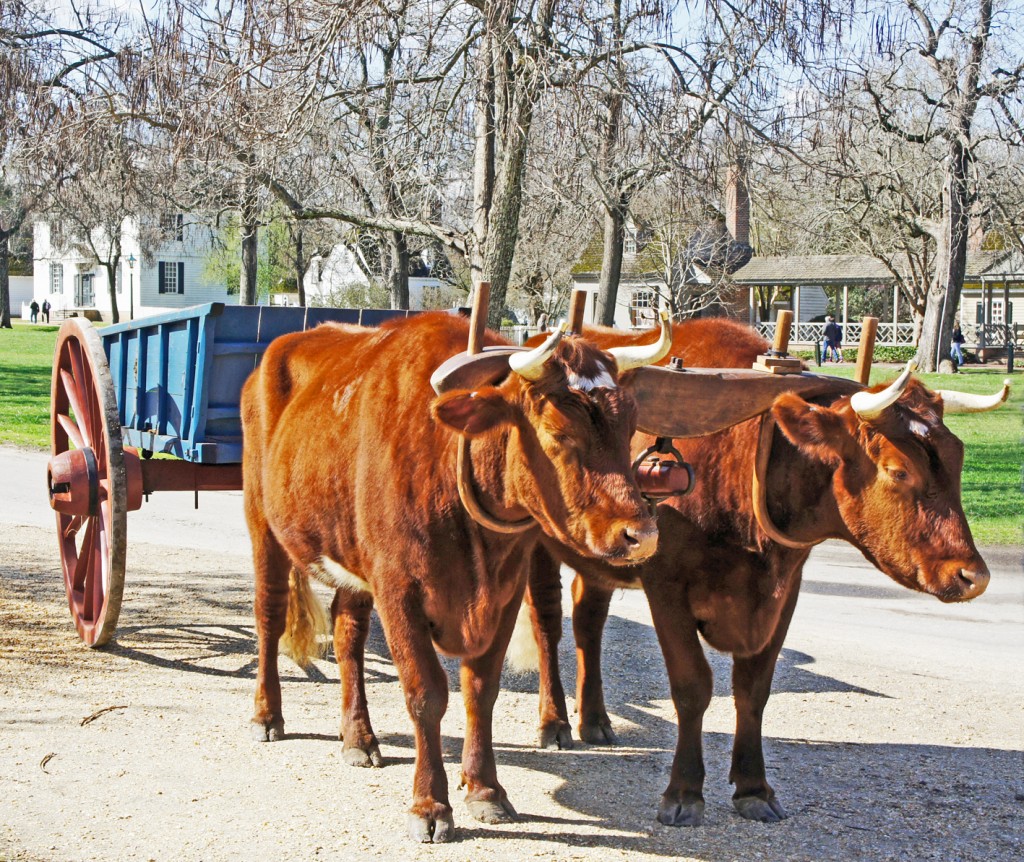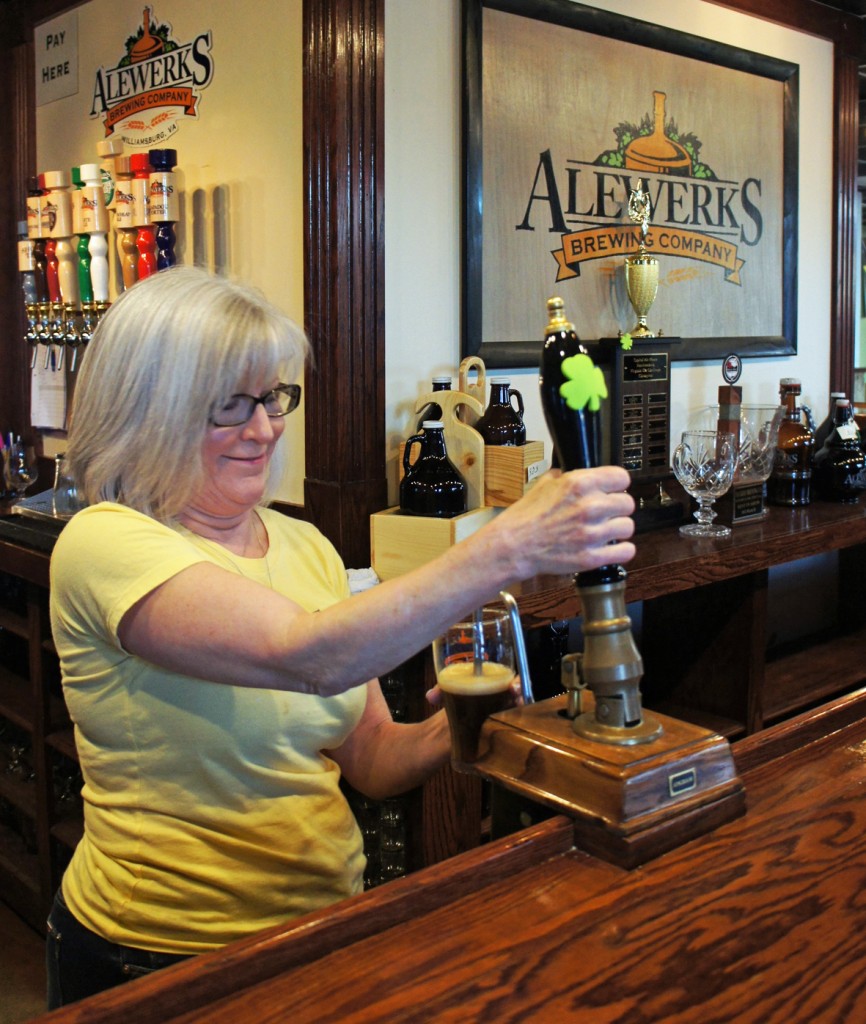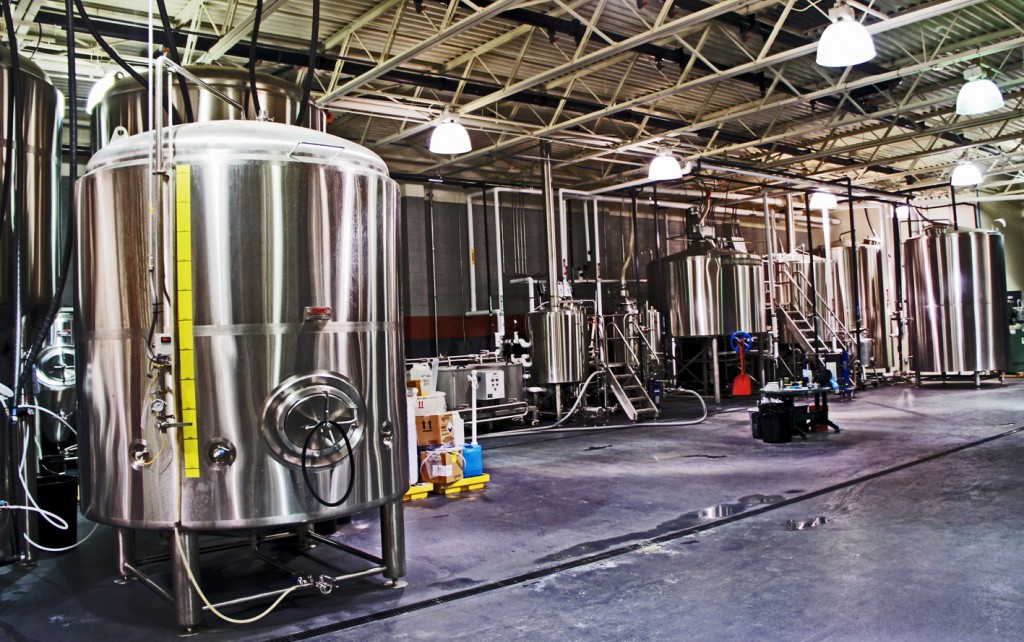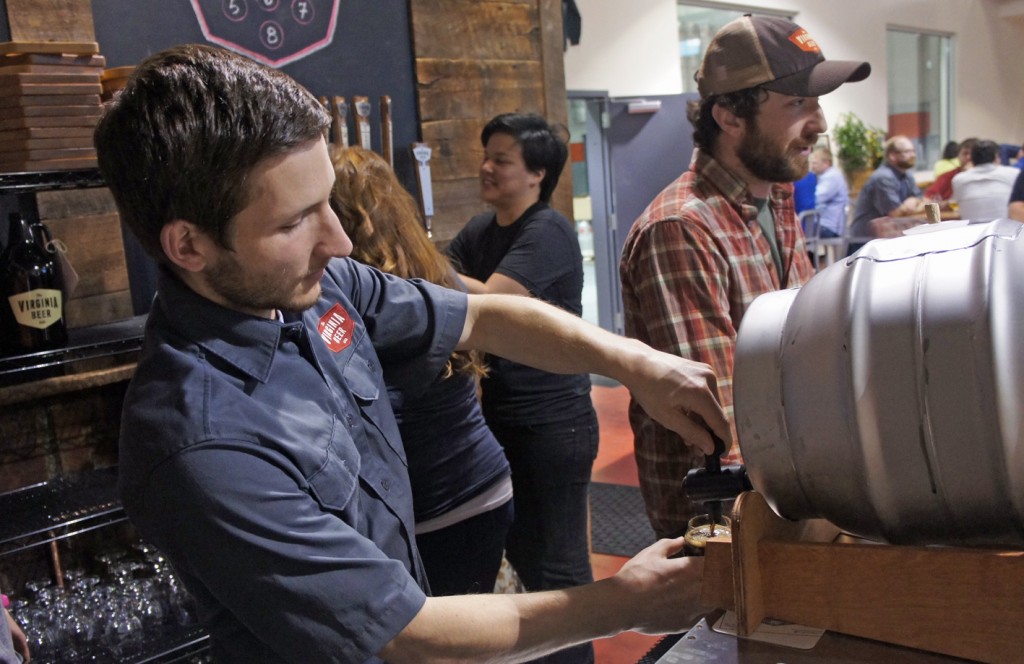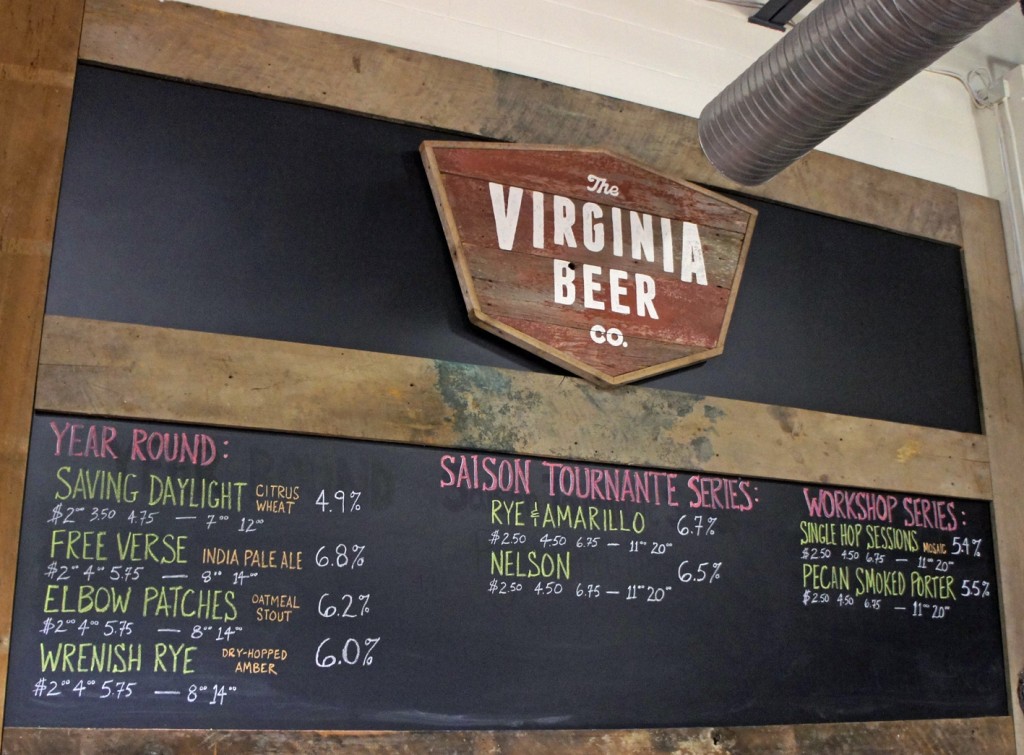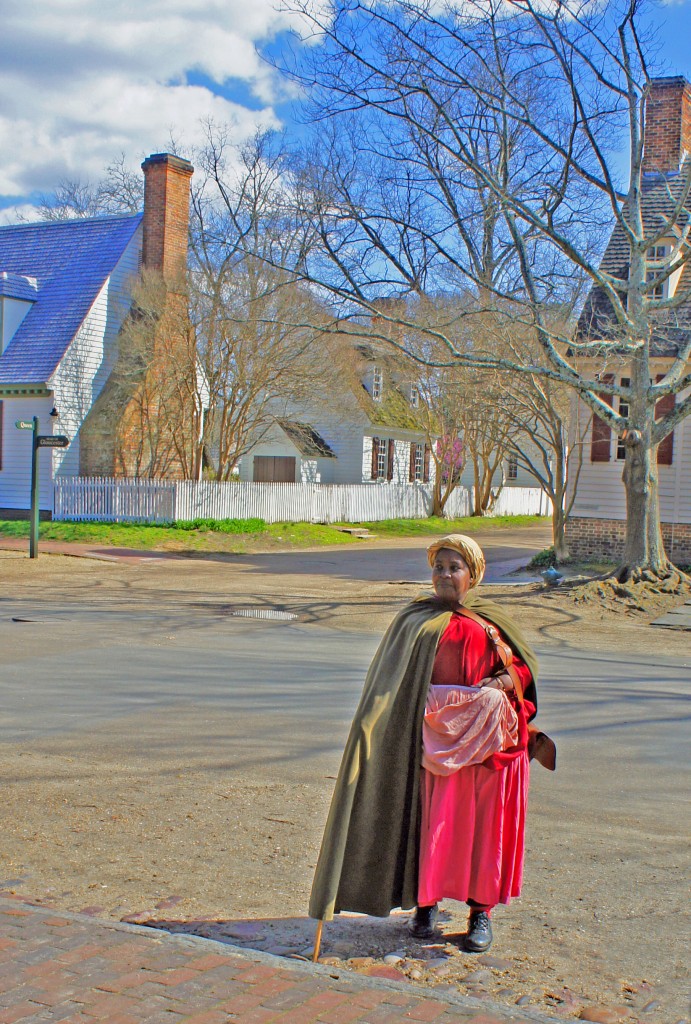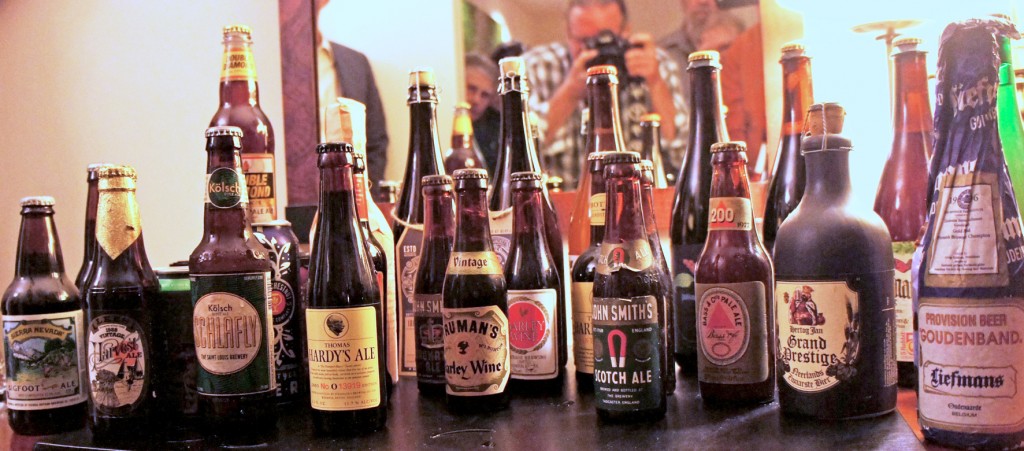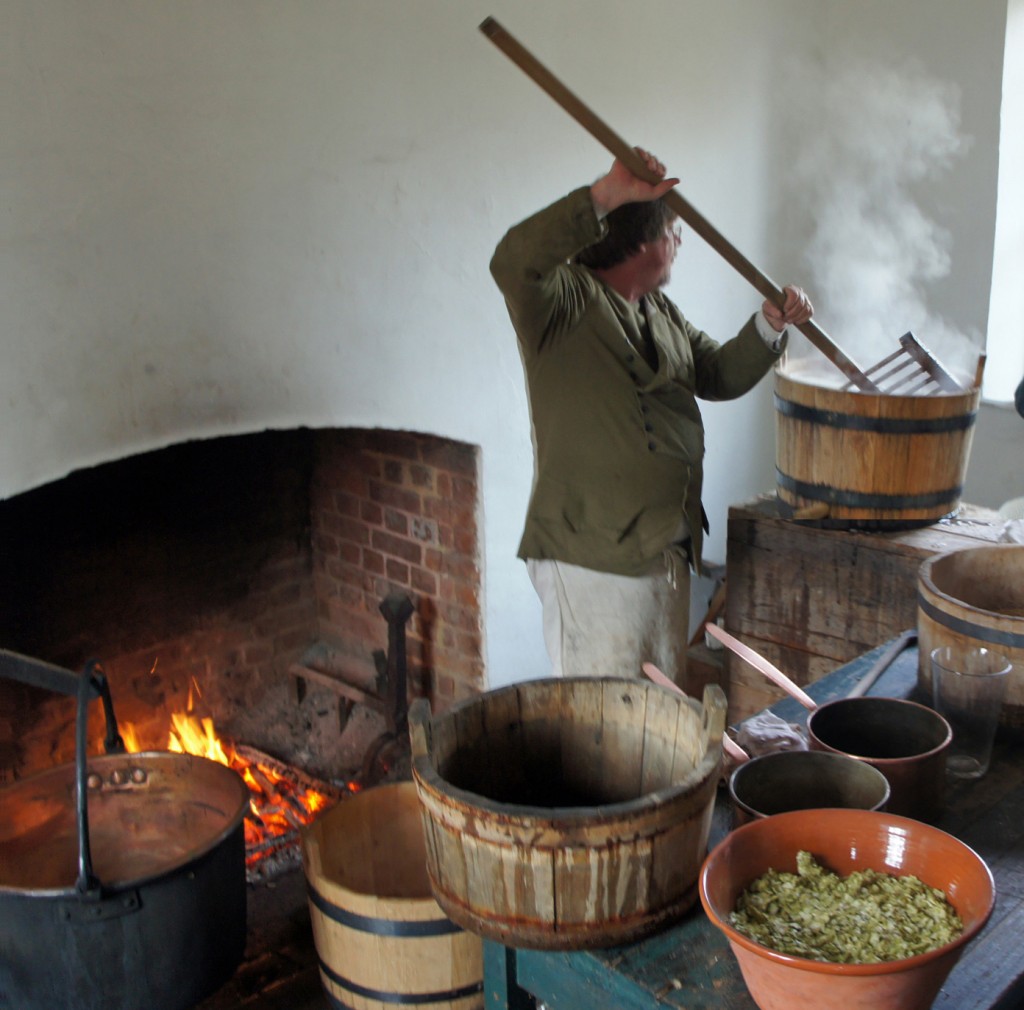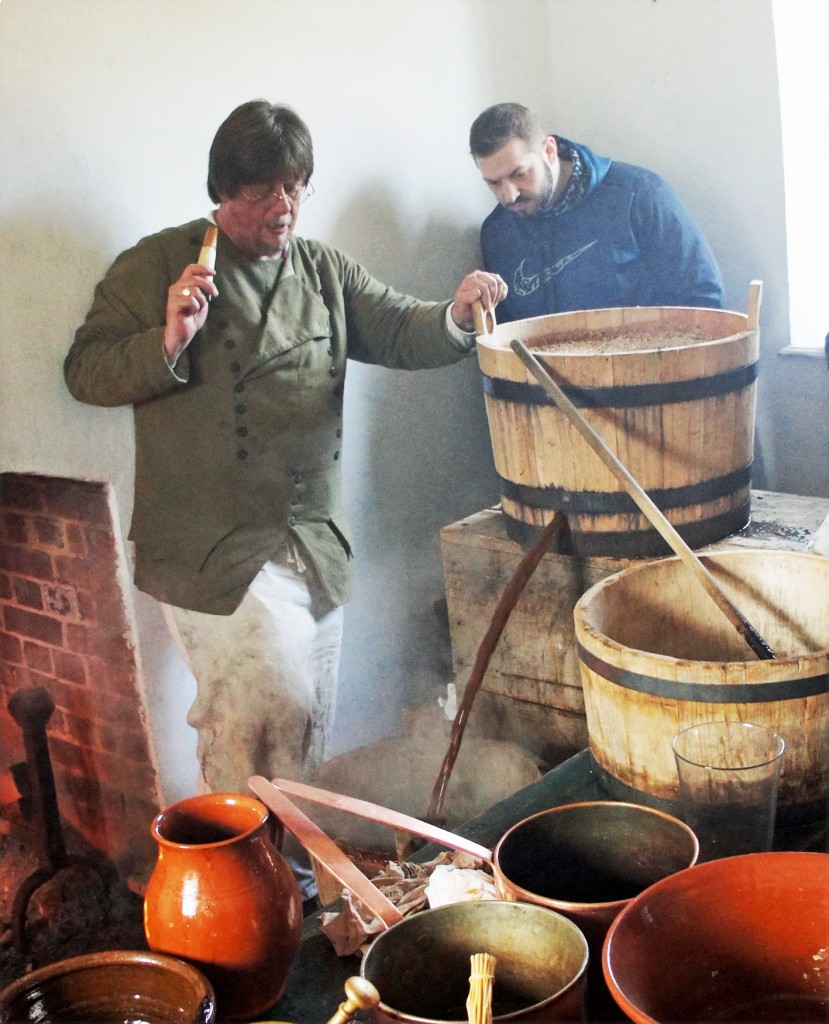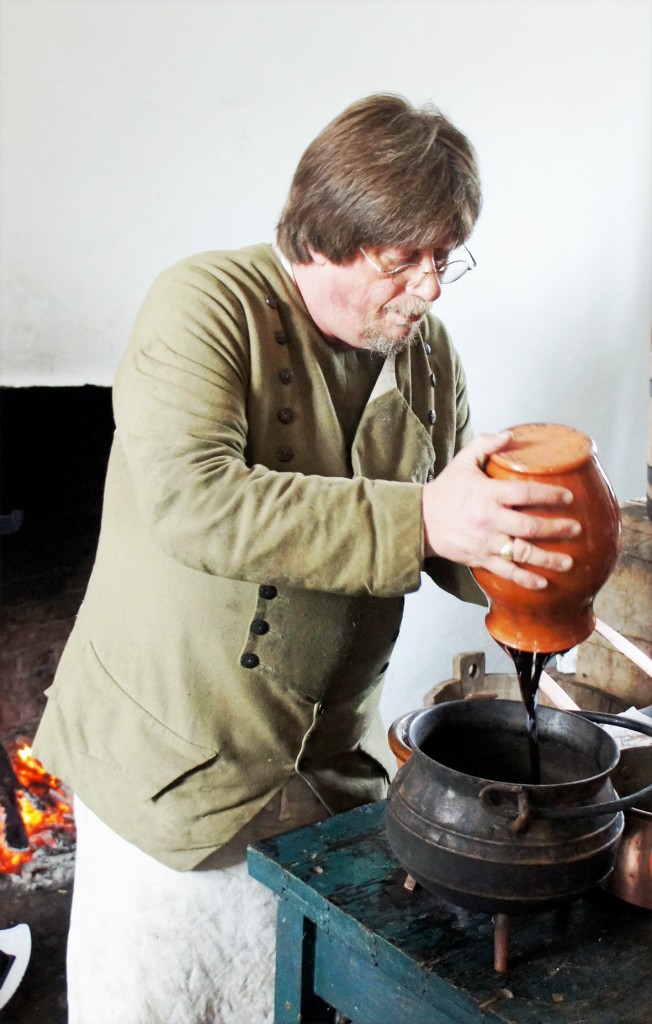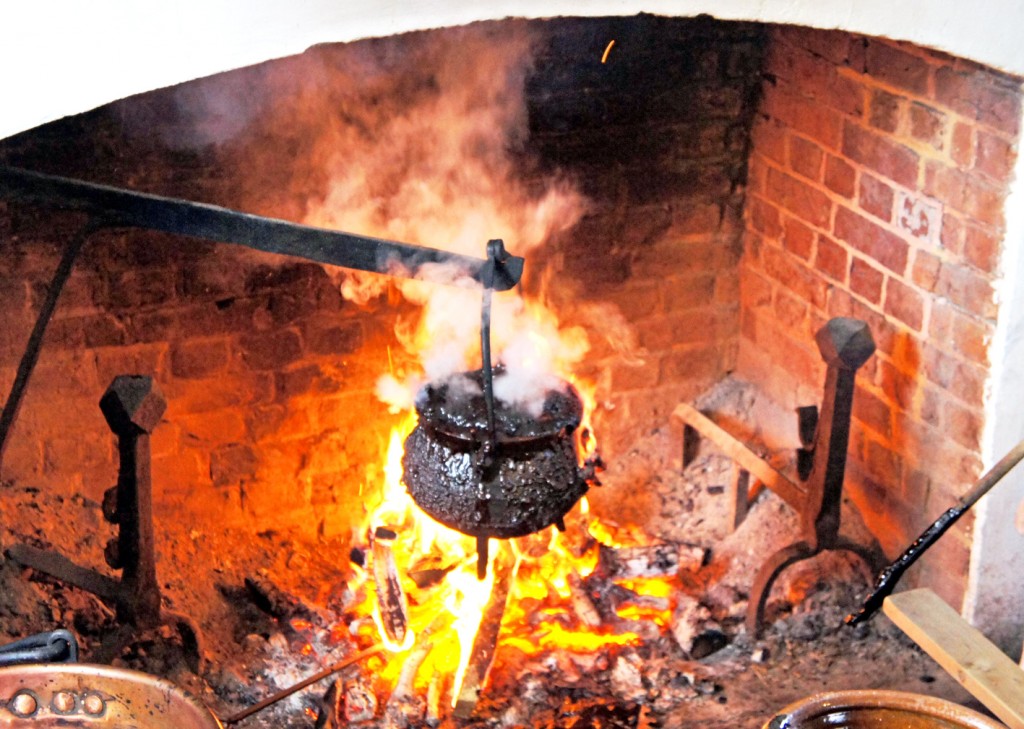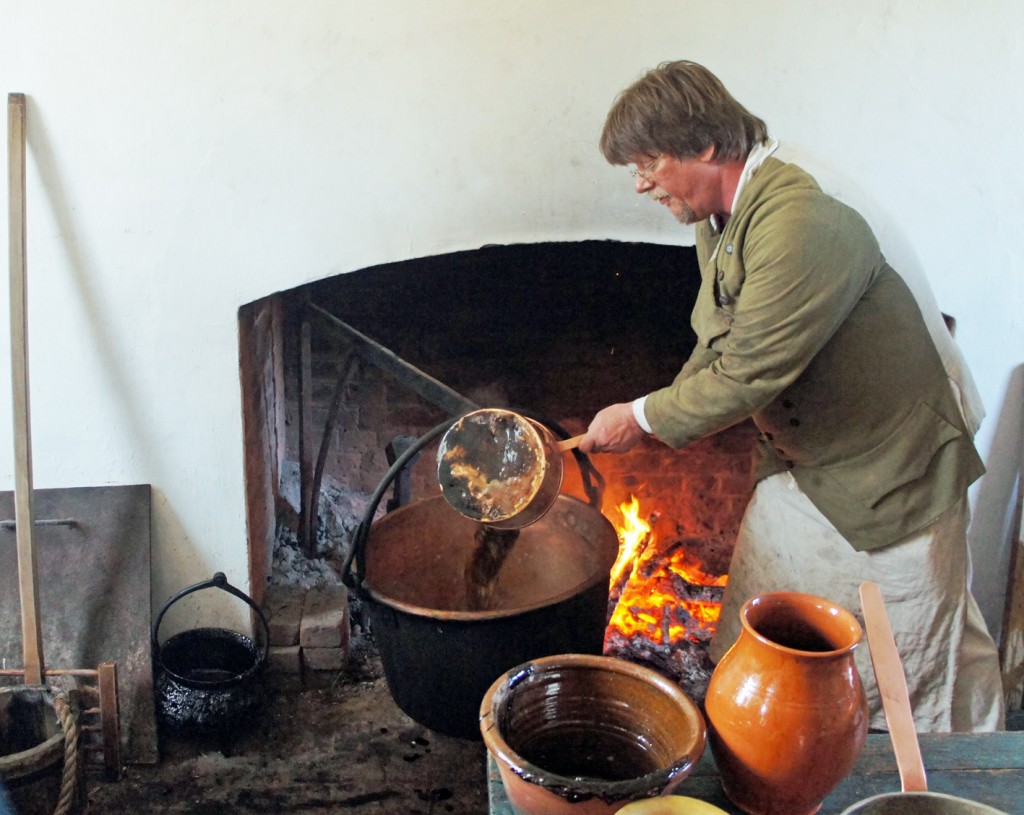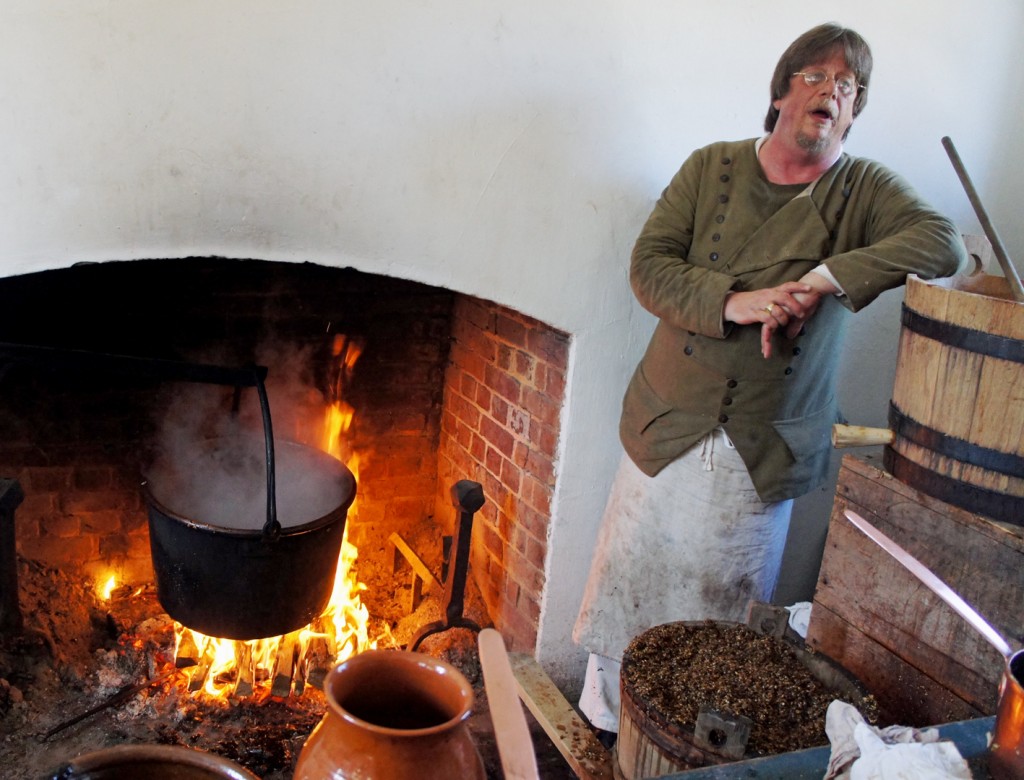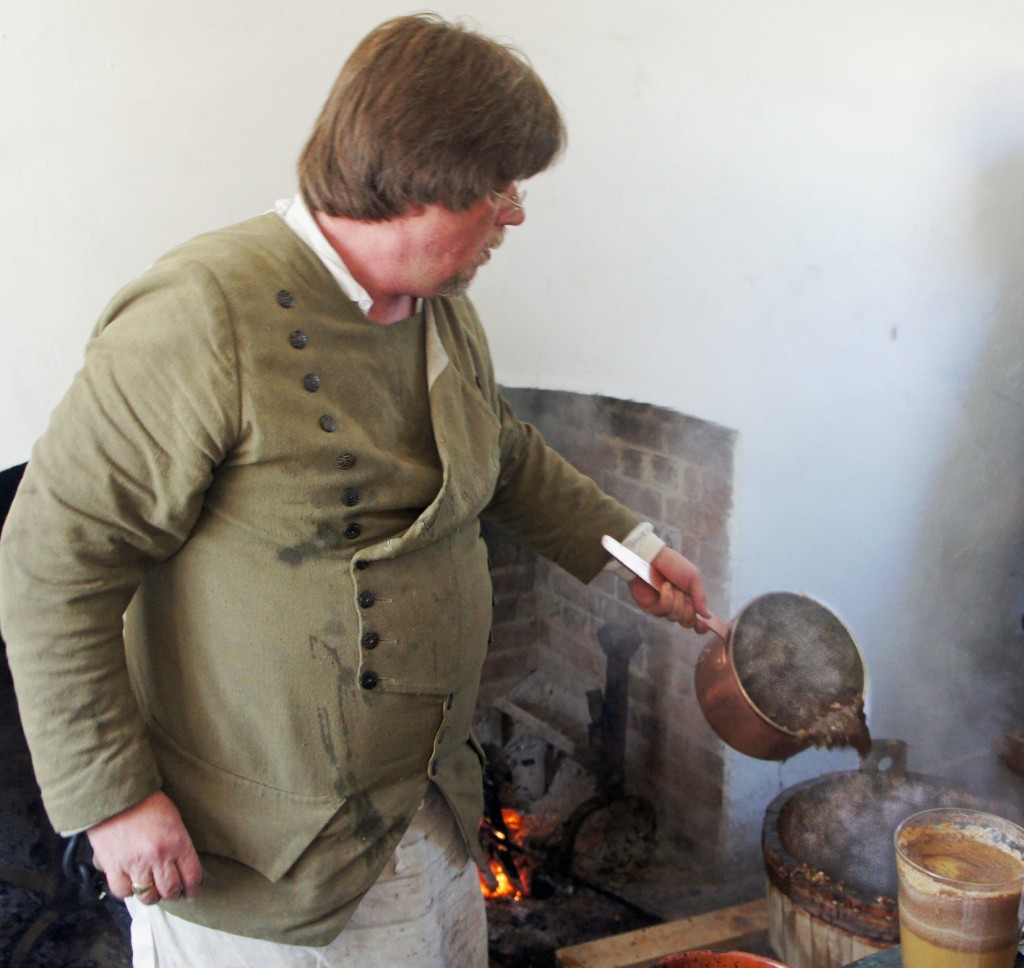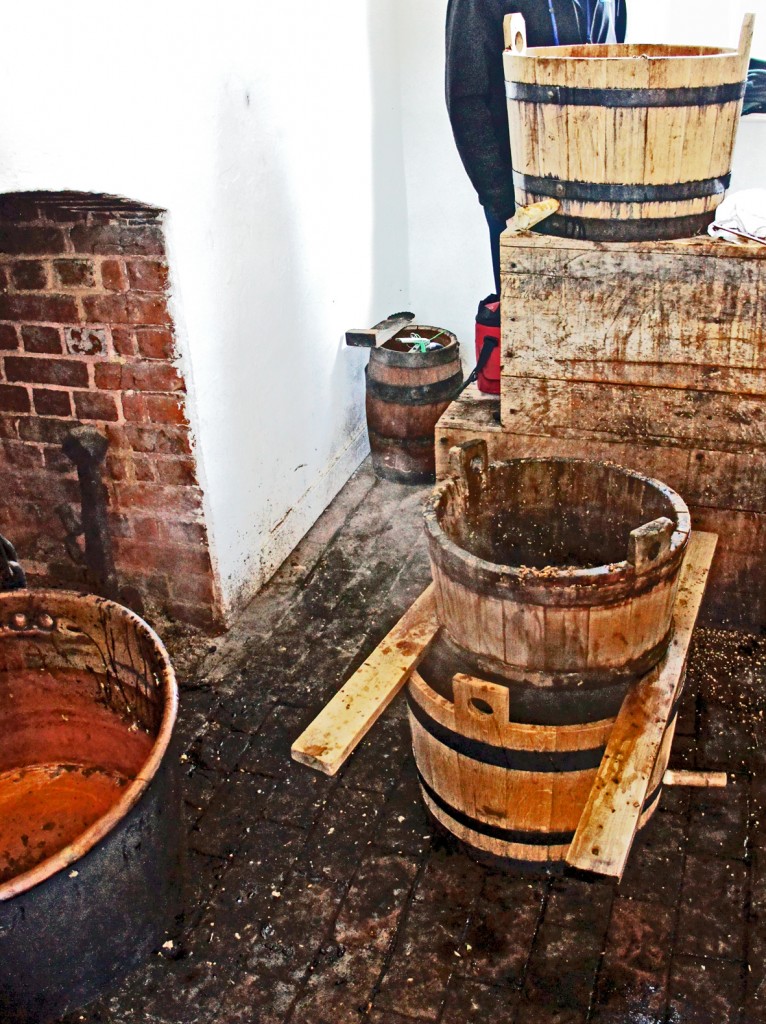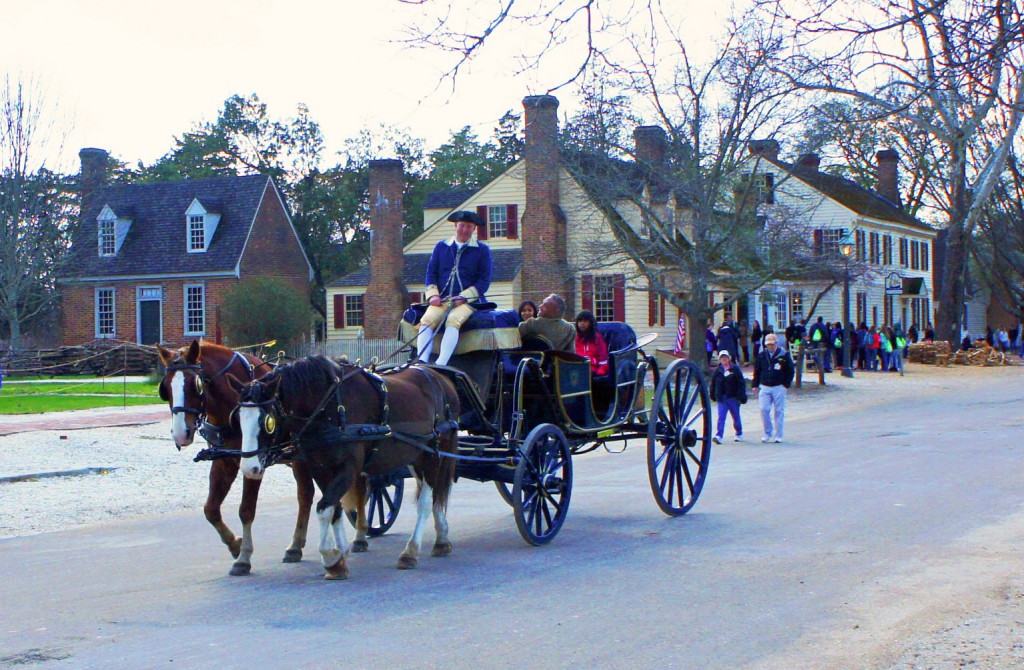As the only beer writer on the planet with an MBA (probably), it falls to me to give a business school-style review on behalf of beer drinkers to Business for Punks, the just-published “how we succeeded and how you can too” guidebook from BrewDog co-founder James Watt.
Not that any review is likely to make much difference to the book’s popularity: it is already the number-one best seller in the “entrepreneurship” section of Amazon’s UK website, and in the top 350 best-selling books on the site overall, despite only being published last week. The book, it appears, is as popular as the beer.
Business manuals from stars of the American craft brewing scene have been popping up like mushrooms in the past few years: Ken Grossman of Sierra Nevada, Steve Hindy of Brooklyn Brewery, Sam Calagione of Dogfish Head, Tony Magee of Lagunitas, Steve Wagner and Greg Koch of Stone Brewing and Jeremy Cowan of Schmaltz have all written books about how they started and grew their businesses, Calagione has a second book out in December, Off-Centered Leadership: The DogFish Head Guide to Motivation, Collaboration and Smart Growth, and Jim Koch, founder of Samuel Adams, has his “how I did it” book out in April 2016 .
Britain’s craft brewers have been slower to get their experiences on paper: maybe they’re too busy brewing. It’s not as if we lack an audience for how-to-be-a-successful-brewer books: large numbers of people apparently want to brew commercially. Some 200 new breweries have opened in the UK in the past 12 months, and the country now has more than twice as many breweries per head as the United States: 1 to 38,000, against 1 to 80,000. More likely, we lack the “superstar” brewers that the US has, people whose name on the cover will attract the buyers. I doubt that Watt wrote the book and sought a publisher: much more likely that someone at Penguin Random House approached Watt with the idea
Watt, of course, and his fellow founder of BrewDog, Martin Dickie, are among the very, very few candidates for “star brewer” in the UK. More than 6,000 people turned up to BrewDog’s annual general meeting in Aberdeen in June. Six thousand people. In Aberdeen. Admittedly this is not so much an AGM as a beer festival-cum-love in, with something on the order of 40,000 pints of beer consumed. But there isn’t another brewery in Britain that could hope to attract that level of support. And as Pete Brown once pointed out, when even his Stella-drinking mother in Barnsley has heard of BrewDog, you know you’re looking at a powerful brand.
So: what’s Watt’s book like? The tone is much what you’d expect: cocky, iconoclastic, egotistical (there are more than a dozen pictures of Watt in the book, and a gratuitous plug for Musa, “a great local restaurant in Aberdeen”, which Watt fails to mention that he owns), occasionally outrageous, with parts that are guaranteed to make some people very angry. Take the claim (p28) that “back in 2007 craft beer did not exist in the UK”, and it was BrewDog that created and established the British craft beer market and “built a committed audience from scratch.” Let’s be frank: this is egregious nonsense. Even if we’re extremely generous and decide to define “British craft beer” the way Watt appears to be doing, as “beer inspired by modern American styles”, there were brewers making this sort of “craft” beer in Britain long before BrewDog, with pioneers in the 1990s such as Sean Franklin at Rooster’s in Yorkshire, and Brendan Dobbin at West Coast Brewing and Alistair Hook at Mash and Air, both in Manchester. Hook’s next venture, Meantime, which started in Greenwich in 2000, was “craft” by anybody’s definition. Other brewers of “British craft beer” before BrewDog include Dark Star with Hophead, Kelham Island with Pale Rider, Champion Beer of Britain in 2004, and Thornbridge – where Dickie brewed before co-founding BrewDog – with Jaipur IPA. These were the brewers starting to create a market in Britain for the beers American consumers had been drinking for 20 years.
If Watt and Dickie were pushing at a door already being opened by others, though, it cannot be denied that they shoved that door wide open and – to stretch this metaphor to its limits – loudly announced its existence, allowing others to find it and pour through. The success of BrewDog certainly encouraged a host of other brewers to brew other beers than mainstream British cask ales, dramatically widening the availability of craft beer, which meant craft beer bars could open up that did not have to rely on expensive American imports. At the same time, Watt is certainly correct in saying that the BrewDog ethos “engaged a new breed and generation of customer” in way that other brewers had not been able to do. This engagement is demonstrated by the way BrewDog has been able to raise £13 million from 40,000 investors (according to the Daily Telegraph this month – £15 million from 30,000 investors according to Business for Punks) through its “equity for punks” crowdfunding scheme. The Equity for Punks scheme has been heavily criticised by some – one senior industry member told me it was ” a huge con” that “verges on the fraudulent”. Watt takes time to insist in Business for Punks that “We went through a full and formal regulation and approval regulation and approval process with our share offering, going through the same standards as any large-scale public listing, giving our investors a level of security that you simply do not have with other crowdfunding platforms.” In five years, Watt says, early investors have seen their shares in BrewDog increase by more than 500%. But for BrewDog, “the real beauty is not the financial side. It is in terms of how it entrenches the relationship between us and the people who enjoy the beers we make. We don’t just have investors, we have a community of loyal and dedicated brand ambassadors, our very own army of craft-beer evangelists.”
This message – be passionate, carry that passion into everything you do, from the product to the marketing to the interaction with customers – is a large part of Business for Punks: “You need to make sure your product is awesome.” “If you can’t get your staff to fall in love with your business, you haven’t got a chance in hell of a customer to even consider liking it.” The very first chapter is headed: “Don’t Start a Business, Start a Crusade”. But an important swath consists of extremely sensible, if aggressively presented, business advice, including a segment headed “Cash is Motherfucking King”. Most businesses fail, Watt points out, and they always fail for financial reasons: “The first lesson in business is cash flow … lack of cash flow can kill your business instantly, like being shot in the face with a sawn-off shotgun.” Watt glosses over his background as a law graduate, and insists in Business for Punks that “Before Martin and I started BrewDog we did not have a clue about finance. I struggled to make sense of my own bank account.” That, frankly, I doubt: I would be very surprised if part of Watt’s studies for his law degree did not touch on accounting and/or finance somewhere. Still, he says, once the brewery was running, “Embracing the original punk DIY ethos of learning the skills we needed to be completely self-sufficient I went on numerous finance and accounting courses. I devoured finance books, I spent as much time as I could absorbing knowledge from the best finance experts. I listened to podcasts and even stayed up at night watching online finance lectures. OK, I maybe only did the last bit once. But you get the point.”
The sensible advice – avoid giving credit if you can, and if you have to, keep the terms tight, do daily bank reconciliations, always look at the opportunity costs (what does paying for that new bottling line stop you doing that might be even more profitable?), competing on price is a hiding to nothing – comes with other statements that seem more deliberately provocative than smart, however: “The whole gap-in-the-market approach is an outdated fallacy … don’t look for a gap in the market … you have to narrow your focus to such an extent that there is no current market for what you are about to do.” But of course, BrewDog aimed precisely at a gap in the market: one for British versions of American-style well-hopped pale ales and imperial stouts. They knew there was a market for such beers, because the successes of Pale Rider and Jaipur told them so.
Watt also fails to point out that while start-ups fail because they run out of cash, the primary reason for not having enough cash is most likely to be a business idea that is simply not competitive or attractive enough to sell in sufficient quantities. The three pillars of the Business Punk, Watt says, are
1) Company culture
2) The quality of the core offering
3) Your gross margin (“Defend your gross margin like a junkyard Rottweiler”)
and each feeds into the other. But however much you and your team believe in your product, there is no guarantee others will agree. Watt admits: “People in North East Scotland hated our beers when we first launched them. Completely hated them. They hated the flavour, the packaging, the branding, everything. We sold almost nothing at all for our first six months. But we did not care … We knew that if we stuck to our guns and did things the way we wanted to and never compromised that we would eventually find our audience and our audience would eventually find us.” Without that confidence, BrewDog would have failed, of course. But just because you’re confident there’s an audience out there, that doesn’t mean there actually is. Launching a business is a huge risk: Watt is good on some of the practical ways of reducing that risk, such as cutting deals with suppliers – he repeats the story of Lagunitas, and how it struck an arrangement with its bottle supplier which cut its costs and eventually paid off tremendously for both parties – but he doesn’t cover how to reduce the uncertainties surrounding whether the product you’re putting in the bottles you’re done a deal on will actually find a market.
Watt is very good on how to leverage a non-existent marketing budget to get the maximum bang: guerrilla marketing is BrewDog’s speciality, and however much others tut and sigh at the stunts, such as packaging a 55 per cent abv beer in roadkill, the story “was on broadcast news all over the world, in pretty much every major newspaper globally and to date over 100 million people have viewed this story online.” You literally cannot buy that sort of publicity. The loyal BrewDog fans, of course (and one chapter in the book is actually headed “Fans not customers”) loved the outrage the stunt elicited, since it fitted exactly their idea of being part of an organisation happy to upset people. But Watt is also smart enough to know that publicity has an opportunity cost too: “There is only so much a journalist will cover a company or a project: the more information you send, the less receptive he or she will be to that information. In the run-up to a big BrewDog release or event, we always go quiet for a couple of months to ensure the media is ready and hungry to give our big story maximum exposure.”
He also takes time, in a section headed “Get People to Hate You”, to give a kicking to BrewDog’s early critics, including those in the brewing industry who queried the company’s tremendous early growth: ”
One bunch of desperately stupid Scottish brewers concocted a document that basically called us liars anc cheats. It cited we had simply made our sales and growth figures up. To add fuel to the libel, the chairman of Innis & Gunn (a Scottish beer company), Mr Sharp, made a statement, and I quote, ‘It is a well-known fact that BrewDog falsify their accounts. They are widely seen as the laughing stock of the brewing industry. Like an anorak with nae knickers.’ I would personally like to thank Mr Sharp. I had his quote pinned up on my office wall for two years. I looked at it every morning and it motivated me to redouble my efforts.”
Another Watticism is: “Don’t waste your time on bullshit business plans.” But while vision and passion are vital – and Watt and Dickie had a clear vision of people drinking their beer, and a passion to make that happen – business plans are an excellent way to crystallise your thinking and decide what you shouldn’t be doing. All the same, no one should be tied to a rigid plan. Watt tells the story of BrewDog’s first and vital break, early in 2008, when, out of nowhere, its beers came first, second, third and fourth in the Tesco Drinks Awards. (I was a judge at several of those awards, but alas, they were always done blind, so I have no idea if I judged those beers). Tesco told Watt it wanted 20,000 cases a week, and Watt said: “Of course!”, though at that time the brewery’s capacity was a tiny fraction of that figure. The BrewDog partners went to their bank and asked for £150,000 to pay for a bottling line and extra storage tanks. The bank, as bankers do, laughed in their faces, not least because BrewDog wasn’t even paying its existing loans off. So Watt walked over to the rival bank across the road and told them that he had just been given a great offer on a loan, but if they could beat it he would give them all the brewery’s business, publicise them on the BrewDog website, and recommend them to other small firms. Bank number two fell for it, obviously believing they were getting one over on bank number one, the loan for the kit came through, the first bottles for Tesco came off the new loan-financed bottling line three days before they were due to be delivered, “and the rest is history”.
That story illustrates more about the requirements for business success than just the importance of grabbing opportunities with every available limb and telling small porkies to bankers if necessary. BrewDog won the Tesco competition because its beers stood out: that was part of Dickie’s and Watt’s vision, to brew beers with impact. But a different set of judges might not have ranked them at all: palates tuned to American-influenced beers were not universal in 2008. It was partly luck that won them the competition. The second bank could have said no, just like the first bank: bankers are generally risk-averse with small businesses. Again, luck stepped in. You can teach the importance of cash flow: but you can’t teach luck.
Will someone who buys Business for Punks, given luck, be able to turn themselves into the next BrewDog? Well, no, probably not, or not in the UK beer market, because as far as what BrewDog now represents, there is only room for one iconoclastic, rule-breaking, self-proclaimed punk brewery, Dickie and Watt spotted that gap in the market and filled it extremely successfully. We may well see firms start up that will be “the BrewDog of grocery retailers”, “the BrewDog of software manufacturers”, even “the BrewDog of estate agents”. But no sector, I suggest, can sustain more than one marketing guerrilla, and guerrilla marketing is what BrewDog does brilliantly and what its fans respond to enthusiastically. Ironically, considering it has always been an accusation made about the consumers of mega-brand beers, BrewDog drinkers really are drinking the marketing first, and the beer second.
Business for Punks: Break All the Rules – the BrewDog Way, by James Watt, is published by Penguin at £14.99
